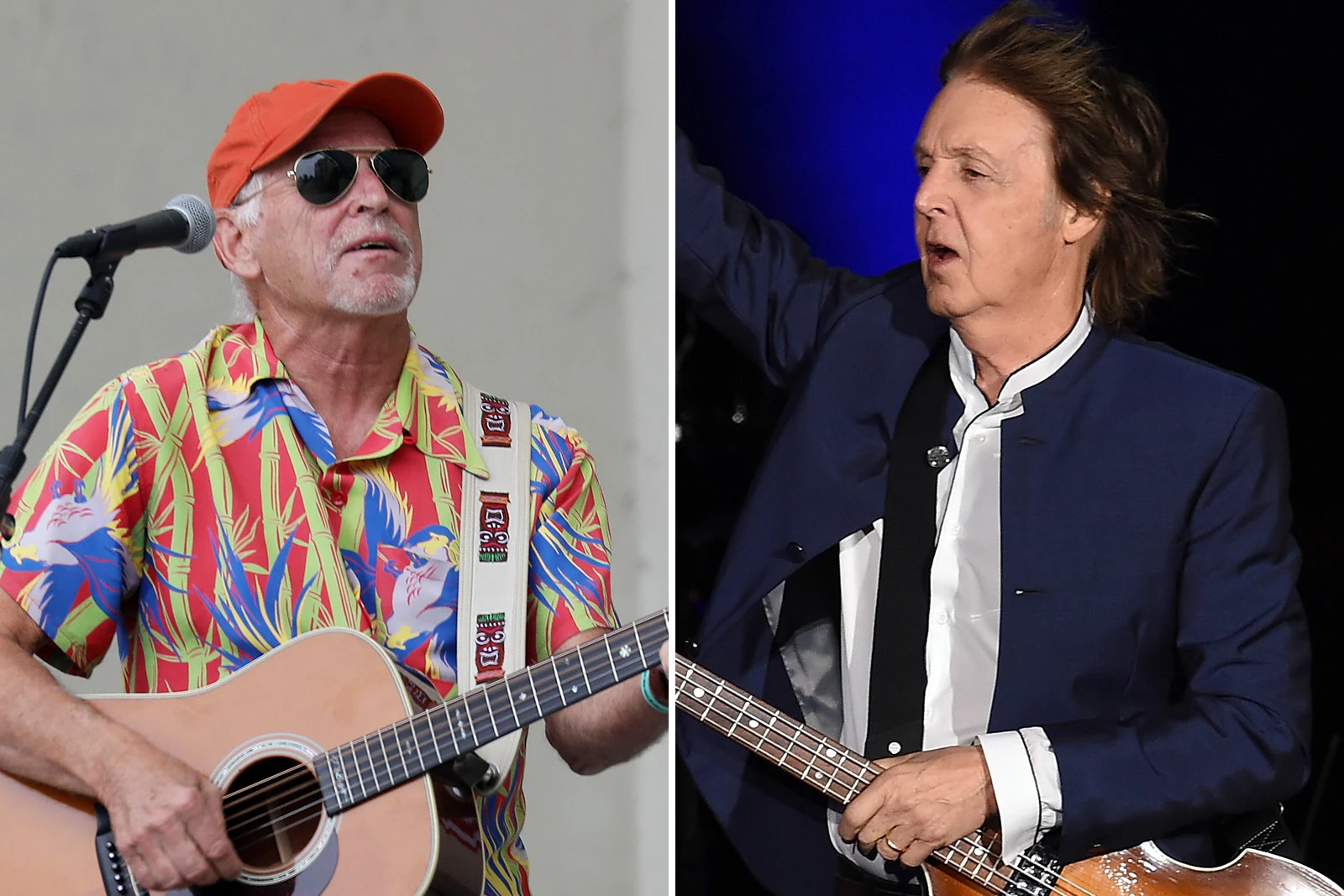
How Paul McCartney Helped Jimmy Buffett Make His New Album
by Martin KieltyAfter a career that’s spanned 50 years, Jimmy Buffett has a good idea what his albums should sound like. But after a seven-year gap before his new LP, Life on the Flip Side, which came out today, he had the benefit of receiving advice from Paul McCartney on how to bring the best out of its 14 songs.
Buffett, like many other artists, planned the release to coincide with a tour, but the coronavirus pandemic has shut down those plans, meaning he’s at home during the summer for the first time in 44 years.
“You hear all about people running out of material later in life because a lot of them don't make it this far with a career,” he told Billboard in a new interview. “I’ve heard a lot about writer's block, but I've never had that problem, 'cause I figure as a traveling man and as a nomad, you run into so many more stories than you can possibly imagine, and the source is always there and it always has been for me.”
He said he’s taken advantage of new options that became available. “I can run my own Pro Tools thing and all that, and that really helps the process," he noted. "And I had the good fortune of some people to talk to about this, like Paul McCartney.”
Buffett explained that he and the former Beatle became "friends from knowing each other in St. Barts, and our wives are friends. You get Paul McCartney talking to you about what you ought to do on an album, and you listen. We'd played a show together and hung out, and I played him some stuff and he gave me some feedback. He said, ‘Let it breathe a little more, just kind of let it go along and make it light.’ It was good feedback – and then you got outside and go, ‘Fuck! That's Paul McCartney!’ You can't get over that.”
He revealed he’d been thinking about taking a summer off for several years, so he was able to enjoy the positive aspects of being locked down at home. “Our silver lining in this dark cloud is I don't think I would've ever spent this much time with my grown kids, 'cause everybody's got their lives now,” he said. “I think that's a treasure. A lot of people are spending more time with their kids than they ever thought they would 'cause everybody's huddled up, and I think that's a positive thing.”
Beatles Solo Albums Ranked

63. <em>Ringo the 4th</em> (Ringo Starr, 1977)
It's easy to complain about the all-star cast approach taken on Starr's best albums, since they so often seemed to play on a Beatles fan's lonely desire for a reunion. Worse still, as we saw here, was when Starr made an album where his old buddies were absent. Produced by disco maven Arif Mardin with an unerringly blind eye to the punk revolution brewing around him, Ringo the 4th positions Ringo in a shamelessly overproduced, “dance”-oriented atmosphere that perhaps ranks as the most embarrassing, gut-churning moment for any former Beatle.

62. <em>Give My Regards to Broad Street</em> (Paul McCartney, 1984)
A soaring new power ballad ("No More Lonely Nights") and a pair of credible rockers ("Not Such a Bad Boy" and "No Values") are completely wasted among dull, utterly senseless re-recorded versions of old Beatles and Wings tunes. Starr is on the album, but refused to take part in the cover songs. Fans smartly stayed away too, as Broad Street ended a run of nine platinum post-Beatles albums. McCartney never reached such heights again.
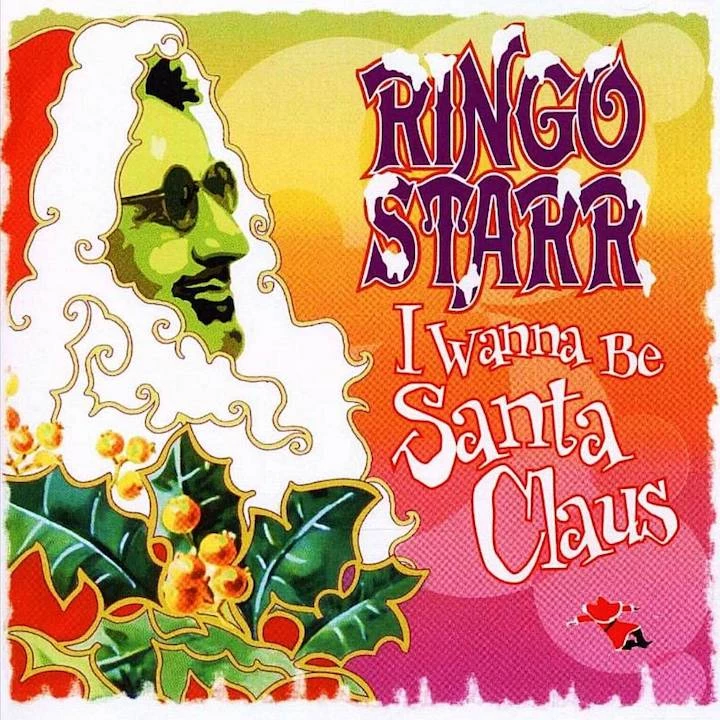
61. <em>I Wanna Be Santa Claus</em> (Ringo Starr, 1999)
This full-length seasonal project isn't without its miniature successes. Starr does his own version of "Christmas Time (Is Here Again)" from the Beatles' 1967 fan-club recording. Jeff Lynne – who ended up working on Starr, McCartney and Harrison solo projects in the '90s, not to mention the "Threetles" sessions – sang back-up on a trio of songs. Still, there's a very limited audience for something like I Wanna Be Santa Claus, not to mention a very, very limited shelf life.
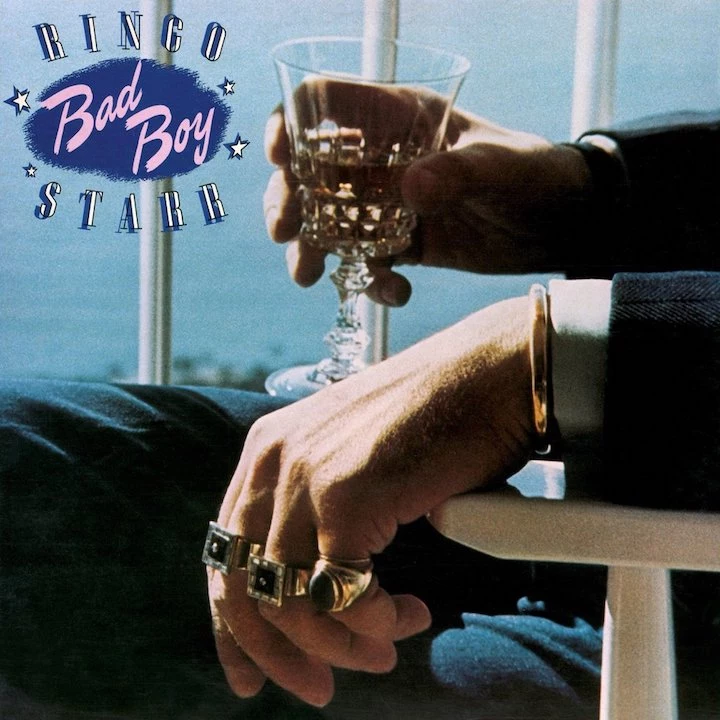
60. <em>Bad Boy</em> (Ringo Starr, 1978)
This was more delightfully idiosyncratic than the sleek dud that proceeded it – and the songs were certainly more warmly produced. There's just something essential missing from the studio performances, despite the album-long presence of a series of sessions aces. As his album sales continued to sag, Starr descended into the bottom of a wine bottle. His sidemen actually seemed to be inadvertently echoing Starr's basic detachment.

59. <em>Pipes of Peace</em> (Paul McCartney, 1983)
An odds-and-ends project featuring stragglers from the Tug of War sessions, Pipes of Peace was buoyed up the charts by another pop hit with Michael Jackson. The rest ranged from the mawkish ("So Bad," a wasted reunion with Starr; "Through Our Love") to the weirdly misplaced ("Hey Hey," a cool, fusion-informed collaboration with Stanley Clarke), from the old (the pretty fun "Average Person," with his long-gone Wings cohort Denny Laine) to the utterly useless ("Tug of Peace"?).
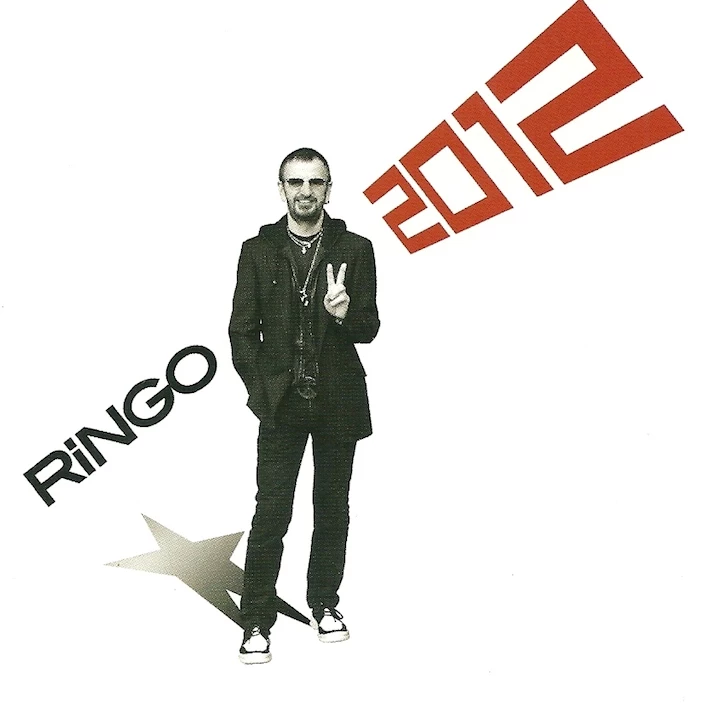
58. <em>Ringo 2012</em> (Ringo Starr, 2012)
It's never good news when a remake of "Wings" from Ringo the 4th, though badly needed, stands as the highlight of an album released 35 years later. (This cool-rocking little do-over featured brother-in-law Joe Walsh and Benmont Tench of Tom Petty's Heartbreakers.) It was, however, a sign of things to come: Elsewhere, Starr also offers a retread of "Step Lightly," from 1973's Ringo, and covers of "Think It Over" and "Rock Island Line" across a set dominated by auto-pilot nostalgia.
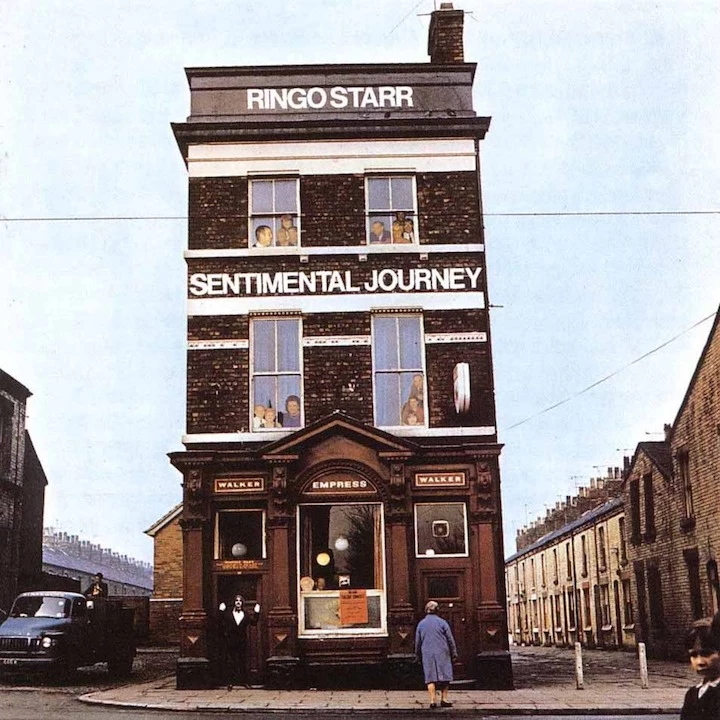
57. <em>Sentimental Journey</em> (Ringo Starr, 1970)
Working again with producer George Martin shortly after the arrival of Abbey Road, the easy listening-focused Sentimental Journey was as comfortable a place as any to begin Starr's solo career. It didn't boast the heady eclecticism of the Beatles' White Album – how could it, within such a narrow genre? – but it certainly drew a straight line back to the easygoing allure of Starr's set-closing turn on Lennon's "Good Night."
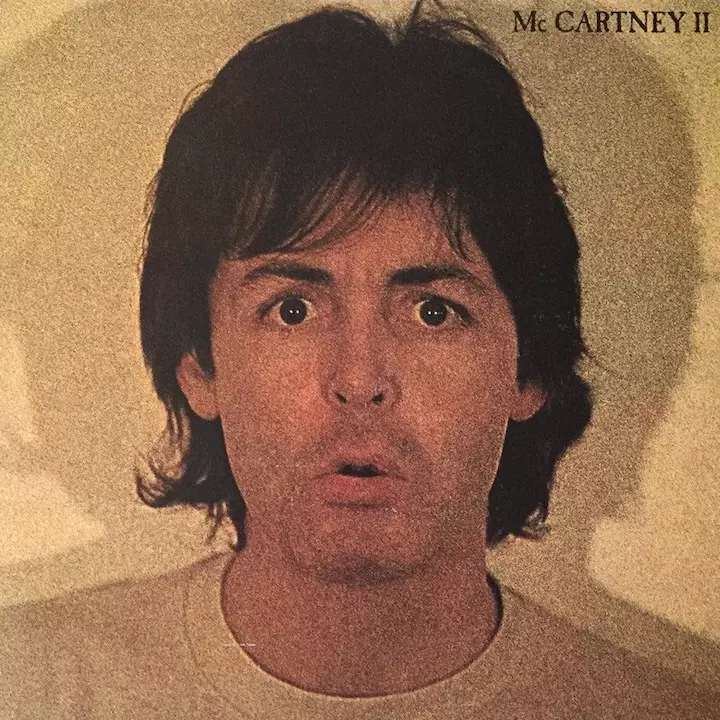
56. <em>McCartney II</em> (Paul McCartney, 1980)
The solo-recorded, keyboard-focused McCartney II was fatally hobbled from the first by Paul McCartney's own poor mechanics with the synthesizers he chose to experiment with throughout. He was, perhaps admirably, trying to tap into the New Wave zeitgeist. But this didn't pass for innovation back in 1980, and today McCartney II – outside of a few moments like the underrated, interestingly gritty rocker "On the Way" – sounds at times laughably dated.

55. <em>Give More Love</em> (Ringo Starr, 2017)
Unfortunately, we'll never know just how good Give More Love might have been. A trio of tracks here date back to a larger Dave Stewart collaboration that was apparently meant as a (welcome) return to Starr's interest in Beaucoup of Blues-style Americana, before it was scrapped. "Standing Still," "So Wrong for So Long" and "Shake It Up" are, in many ways, more involving than the run-of-the-mill Starr stuff that was added later, beginning with the typically star-studded lead single "We're on the Road Again."

54. <em>Ringo's Rotogravure</em> (Ringo Starr, 1976)
Ever wondered if an album featuring Eric Clapton, Dr. John, the Band's Levon Helm and a song each by Harrison, Lennon and McCartney could somehow whiff? Here's your answer. As the former Fabs saw a mid-'70s creative decline, whatever table scraps they had for Starr became increasingly difficult to warm over. Some fans rallied around it anyway, making this Starr's most recent Top 40 album – despite moments like "Las Brisas," which, for some reason, features a mariachi band.
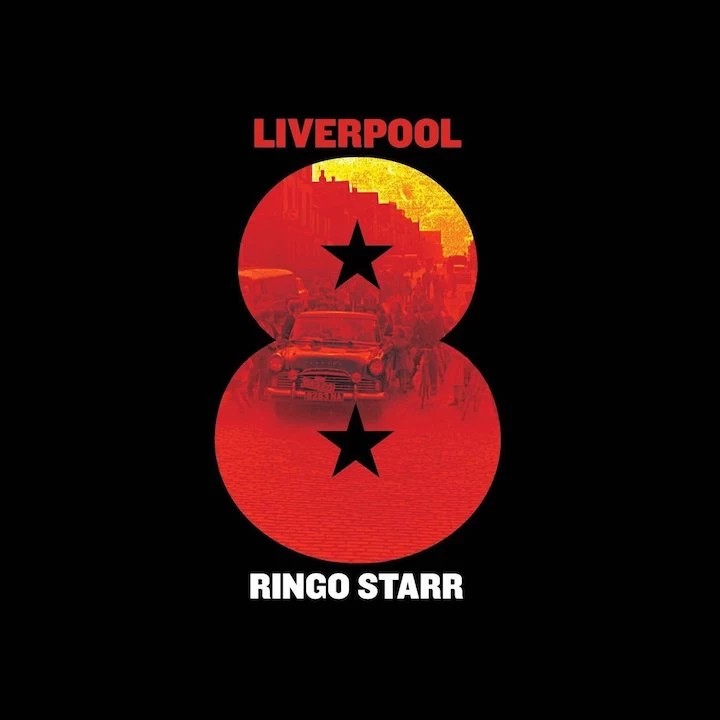
53. <em>Liverpool 8</em> (Ringo Starr, 2008)
This Dave Stewart-produced album dabbled in a few too-obvious Beatle-isms (the title track, of course, but also "Gone Are the Days," with an entirely expected Indian raga intro, Lennon-like "oh no, oh no!" and it-don't-come-easy lyric). Elsewhere, it's even less memorable – well, except for "Harry's Song." Dedicated to the mad genius that was Harry Nilsson, this freewheeling track is everything you'd like Starr's music to be. That is, fun while not trying so hard.
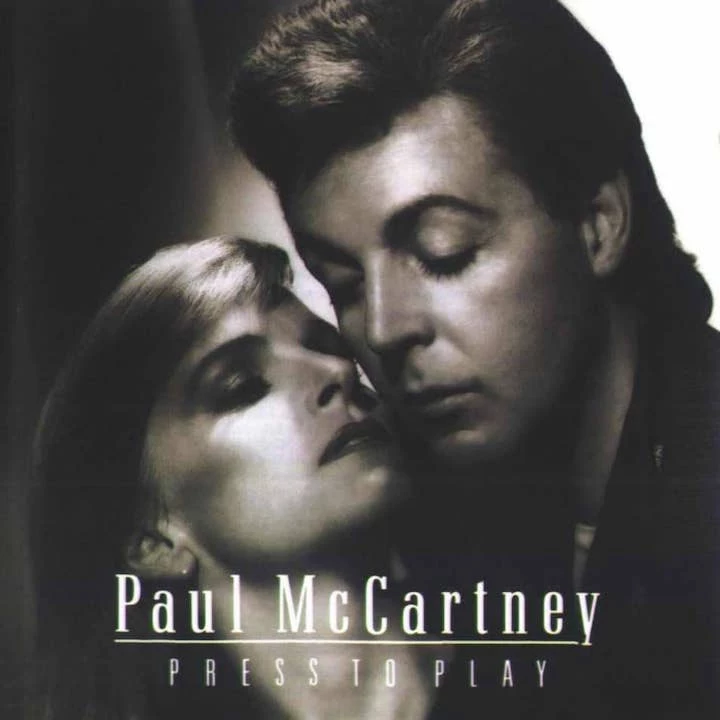
52. <em>Press to Play</em> (Paul McCartney, 1986)
An oh-so-typically '80s Hugh Padgham-helmed album that's long on glossy production and slight on material. "Press," the lead single was a mechanized mess. "Talk More Talk" and "Pretty Little Head" were largely nonsensical. Yet McCartney is incapable of making a completely awful record. (Even McCartney II had “Coming Up.”) On Press to Play, this grace-note role is played by “Strangehold,” a gem nearly lost amid the plasticine echoes of drum-machined monotony.
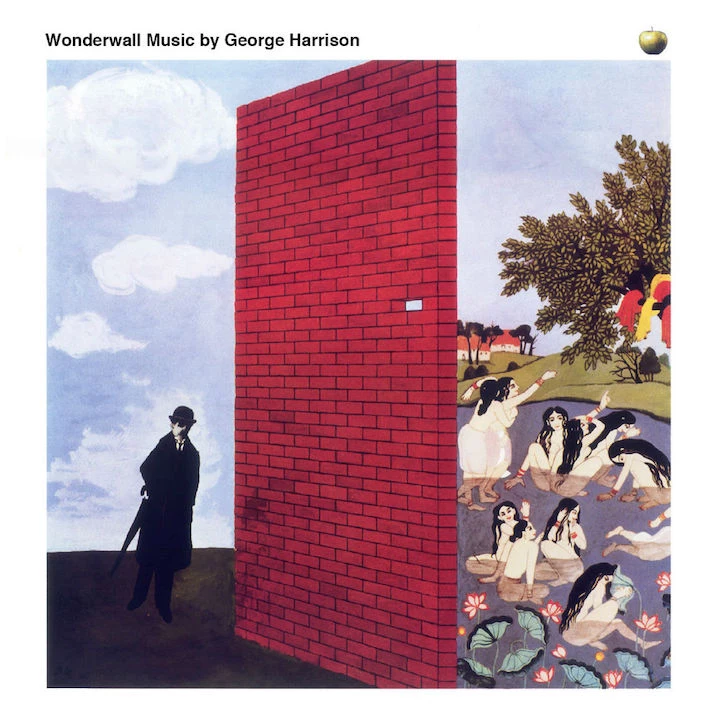
51. <em>Wonderwall Music</em> (George Harrison, 1968)
Apple Records officially arrived with a vanity project that – unlike some of what followed (looking at you, Lennon) – almost worked. George Harrison oversaw sessions held in England and India at the turn of 1968 that featured both Indian classical musicians, as well as Richie Snare and Eddie Clayton (pseudonyms for Ringo Starr and Eric Clapton, respectively). This Eastern-flavored Top 50 album ultimately ends up feeling unfinished, however, since the abbreviated, very episodic songs were created with a film soundtrack in mind.

50. <em>Old Wave</em> (Ringo Starr, 1983)
Produced during a period of extended darkness, both personally and professionally, Old Wave was recorded in a converted studio at the former home of his late bandmate John Lennon. By this time, Starr was without a label, meaning the album was issued piecemeal on different imprints worldwide. The results have a similarly meandering, rootless feel – outside of Starr's cheeky cover of the Sir Douglas Quintet's "She's About a Mover." An exhausted Starr disappeared for almost decade.

49. <em>Stop and Smell the Roses</em> (Ringo Starr, 1981)
In the wake of Lennon's murder, two of this session's best cuts ended up elsewhere: "Nobody Told Me" became Lennon’s final, posthumous charting hit, while George Harrison ultimately rewrote "All Those Years Ago" as a tribute to their fallen bandmate, re-recording it with Starr and McCartney. This left the sort-of-annoying "Wrack My Brain," also created with Harrison, as the album's nominal remaining high point. And that says it all.
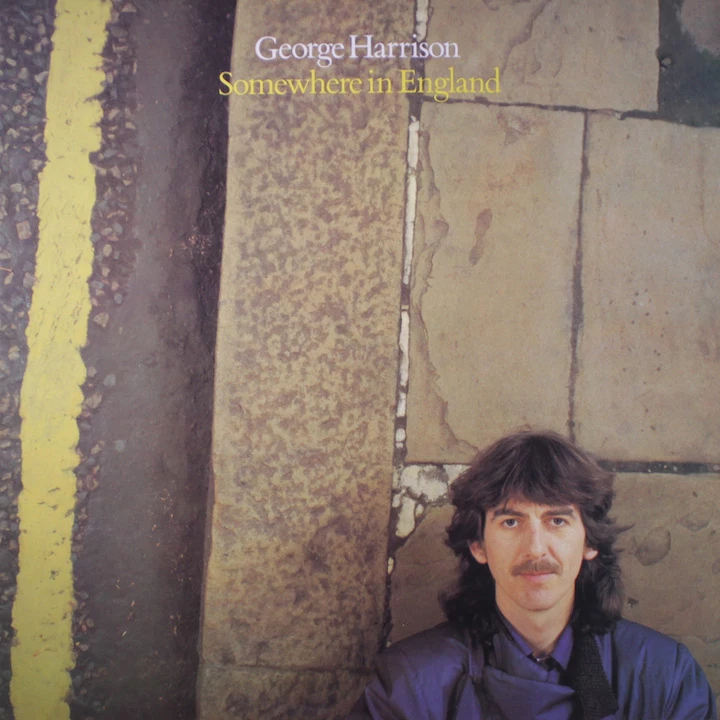
48. <em>Somewhere in England</em> (George Harrison, 1981)
After a series of sessions dating all the way back to October 1979, Somewhere in England was still going nowhere. Then Lennon was brutally murdered in December 1980, prompting a return to "All Those Years Ago," which Harrison originally intended to give to Starr. It became a No. 2-finishing semi-Beatles reunion. Even then, the album – which had four songs forcibly replaced by his label – couldn't be saved.
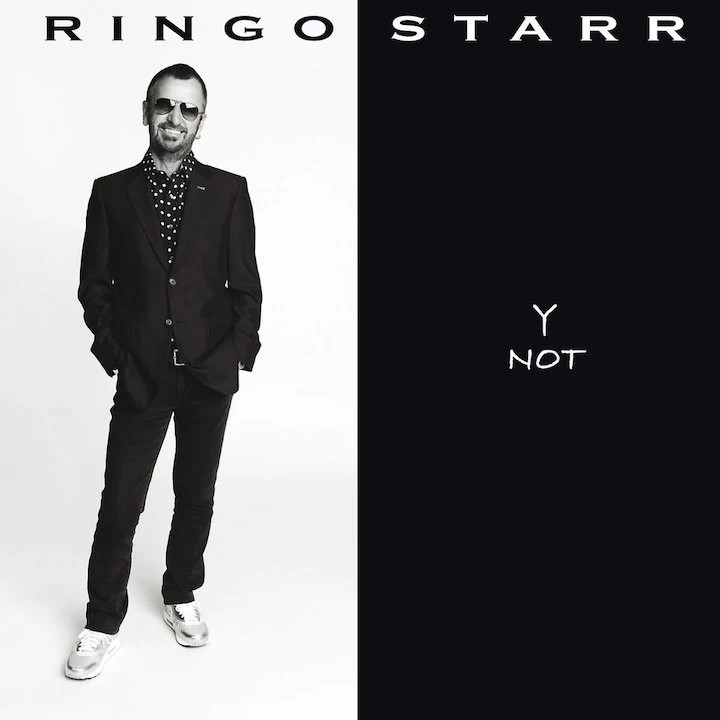
47. <em>Y Not</em> (Ringo Starr, 2010)
As is so often the case, this Ringo Starr album rises and falls with his collaborators. At its worst, (Richard Marx's "Mystery of the Night" or Joss Stone's "Who's Your Daddy"), Starr sounds like a man out of place. But then there's "Walk With You." A rare duet with McCartney, this track finds Starr's friendly bravado melting into a sadly appropriate melancholy — and not the put-on, aw-shucks kind so familiar from his youth. "Peace Dream" neatly reanimates the Beatles' utopian visions, while "Time" blithely pushes back against the inevitable.
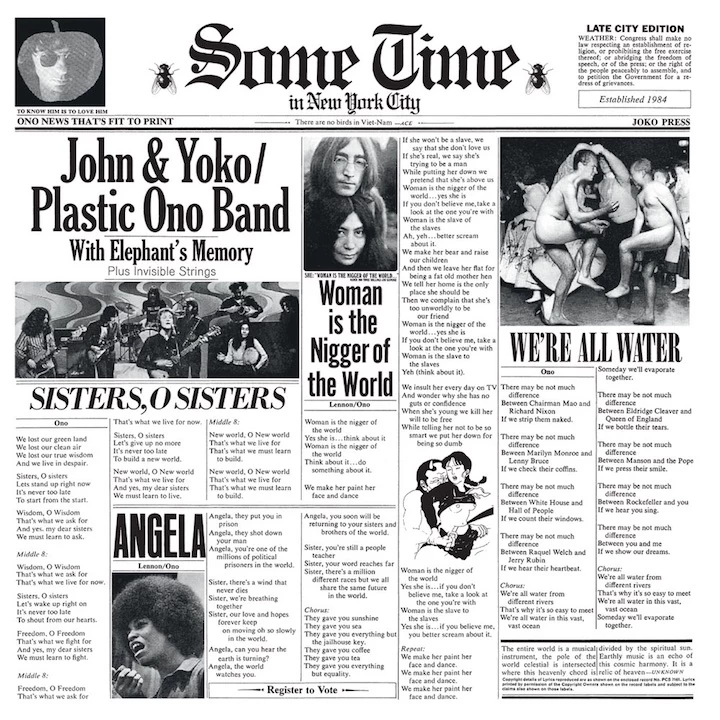
46. <em>Some Time in New York City</em> (John Lennon & Yoko Ono, 1972)
John Lennon's move to New York City coincided with a political shift leftward and, perhaps not coincidentally, lingering issues with immigration. The result was one of his most determinedly topical, most critically reviled and most often ignored solo projects. The biggest issue was the lightning-quick recording process. These issue songs were ripped, as they say, right from the headlines. Unfortunately, those old dailies have become yellowed and frayed.
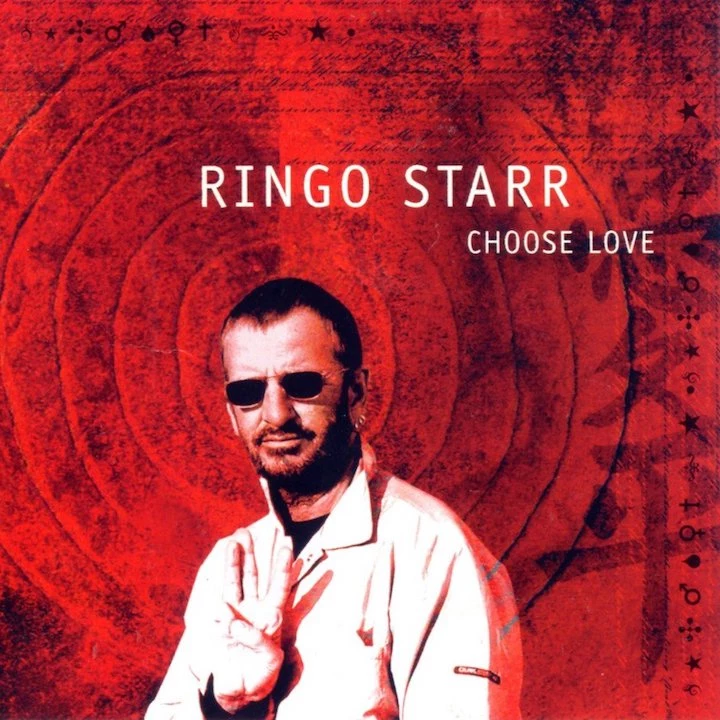
45. <em>Choose Love</em> (Ringo Starr, 2005)
If there's a warm familiarity to Choose Love, it's because that's just how it was made. To this point, Starr had been working with co-producer Mark Hudson, songwriter Gary Burr and guitarist Steve Dudas for something like 10 years. They're confident enough, in fact, to largely ditch the typical celebrity collaborators in favor of a tighter-knit studio group. Perhaps unsurprisingly, what they produced is far more homey than necessarily exciting.
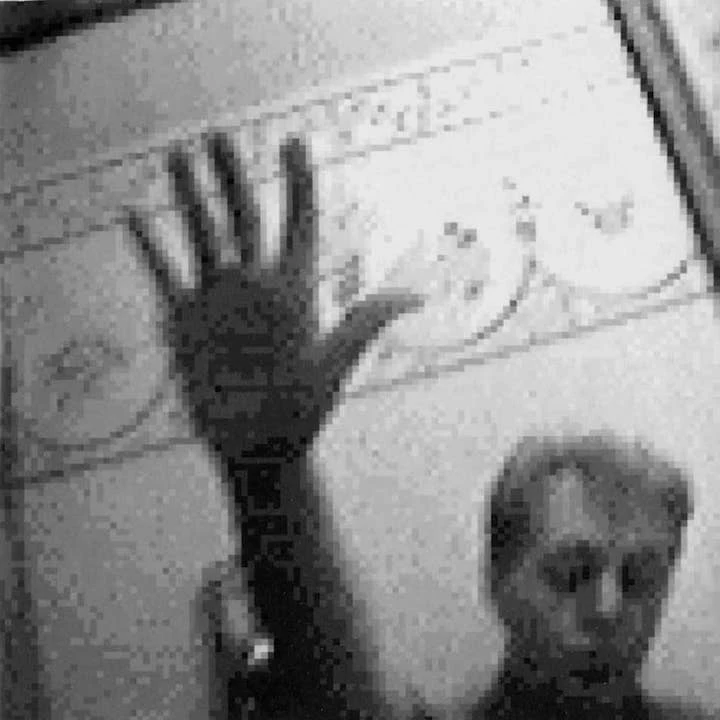
44. <em>Driving Rain</em> (Paul McCartney, 2001)
Unusually self-conscious, Driving Rain is the sound of an artist trying to combine two parts of his craft – a natural inclination toward ornate pop and an interest in lengthier forms. McCartney was also struggling to balance the loss of wife Linda with the arrival of a new love. Admirable stuff, but it simply didn't work. Driving Rain often came off as indulgent, impenetrable and strangely disconnected.
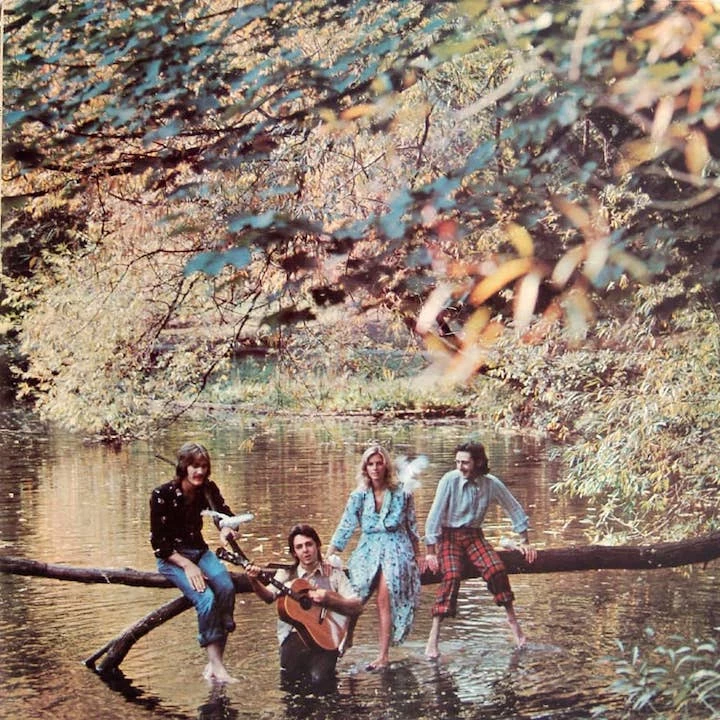
43. <em>Wild Life</em> (Paul McCartney & Wings, 1971)
Most Wings albums – even the determinedly small-scale London Town – have tended to grow in critical estimation over the years. Not this one. Perhaps in an attempt to replicate the bucolic scene found on its cover, Wild Life marks a decidedly unambitious debut for one of the era's biggest hitmakers. Wings simply sound too cute by half – and, actually, the other half is taking the day off.
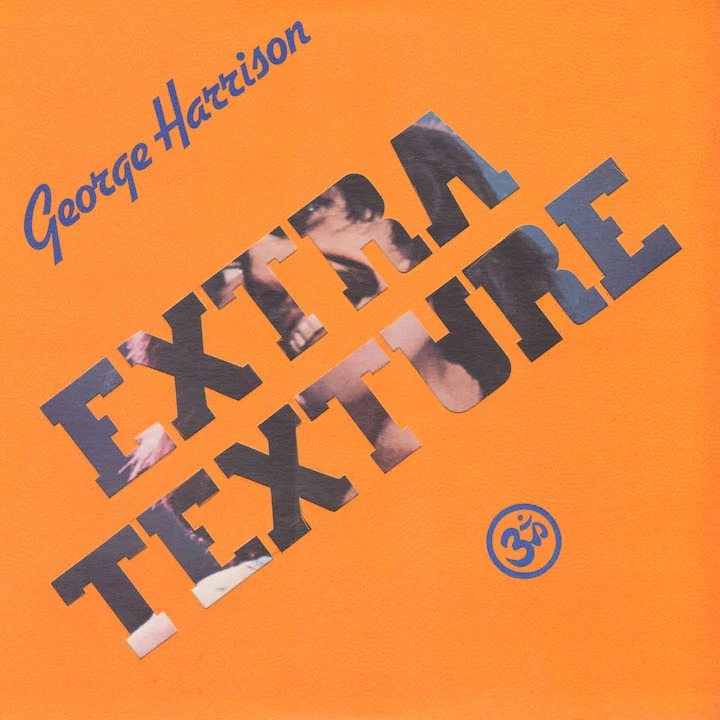
42. <em>Extra Texture</em> (George Harrison, 1975)
Buffeted on all sides by bad news, from a poorly reviewed U.S. tour to a lawsuit over one of his biggest solo hits to his failed marriage, Harrison could perhaps be forgiven for becoming more introspective. But this was almost relentlessly morose. A leftover lead-off song ("You") and a seemingly superfluous Beatles rewrite ("This Guitar Can't Keep From Crying") serve as signposts for the entire album's creatively bankrupt, dead-end vibe.

41. <em>Choba B CCCP</em> (Paul McCartney, 1988)
Originally issued exclusively in the former Soviet Union, Choba B CCCP echoes – but can not best – John Lennon's oldies-themed 1975 album Rock 'n' Roll. Mainly, that's because McCartney waters the proceedings down with Great American Songbook fare. Still, this was a welcome return to stripped-down rock, something very much needed after a decade of also-ran albums, and the initial, long-hoped-for twinkling of a career rebound.
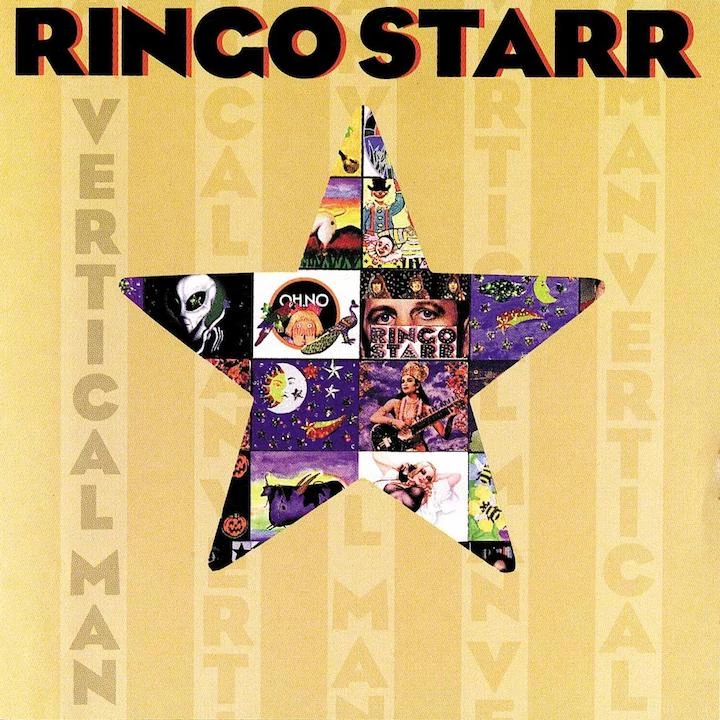
40. <em>Vertical Man</em> (Ringo Starr, 1998)
Ringo attempted to keep the momentum of the Anthology projects going with an album featuring McCartney, Harrison, classic-era mixer Geoff Emerick and Beatles-nut producer Mark Hudson. If he'd have stopped there, rather than also adding in ill-fitting modern figures like Alanis Morissette and Scott Weiland, Vertical Man would have been a stronger effort. Best to stick with moments like "King of Broken Hearts," a Harrison collaboration that sounds something like a collision between "Strawberry Fields Forever" and "Act Naturally."

39. <em>Kisses on the Bottom</em> (Paul McCartney, 2012)
Before the Beatles, before he put on that first Little Richard record and saw a whole new world open up before him, Paul McCartney listened to this kind of music. Looking back, an album of standards seemed inevitable for the scion of old-time jazz performers. Sure, it could be too precious, but maybe that was the whole idea. Biggest complaint: the dumb title.
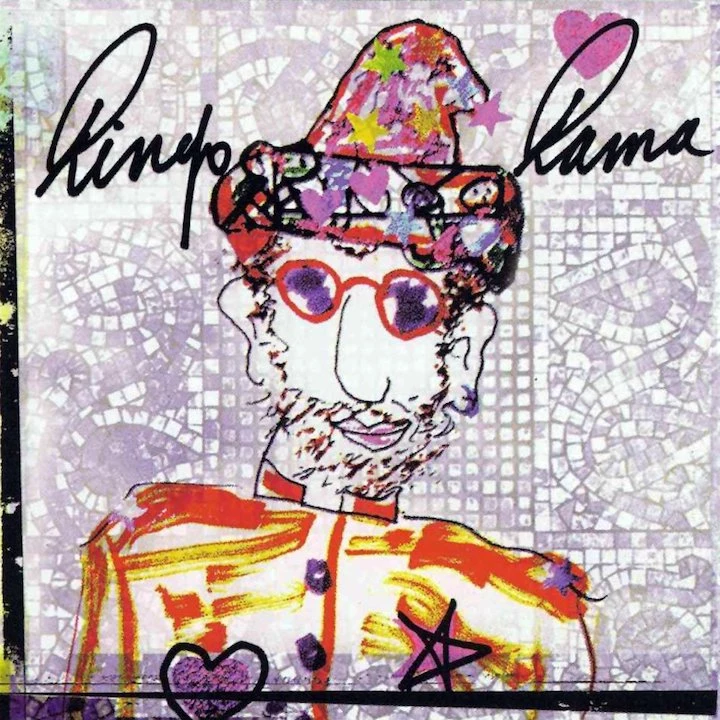
38. <em>Ringo Rama</em> (Ringo Starr, 2003)
Capping a period of remarkable post-'70s consistency, Ringo Rama is essentially of a piece with 1992's Time Takes Time and 1998's Vertical Man, at least in terms of approach: lots of guests, lots of looks back. It's a far brighter recording, very rooted in its technological time. Otherwise, Ringo Rama principally stands out for its loving tribute ("Never Without You") to Starr's recently deceased former bandmate George Harrison.
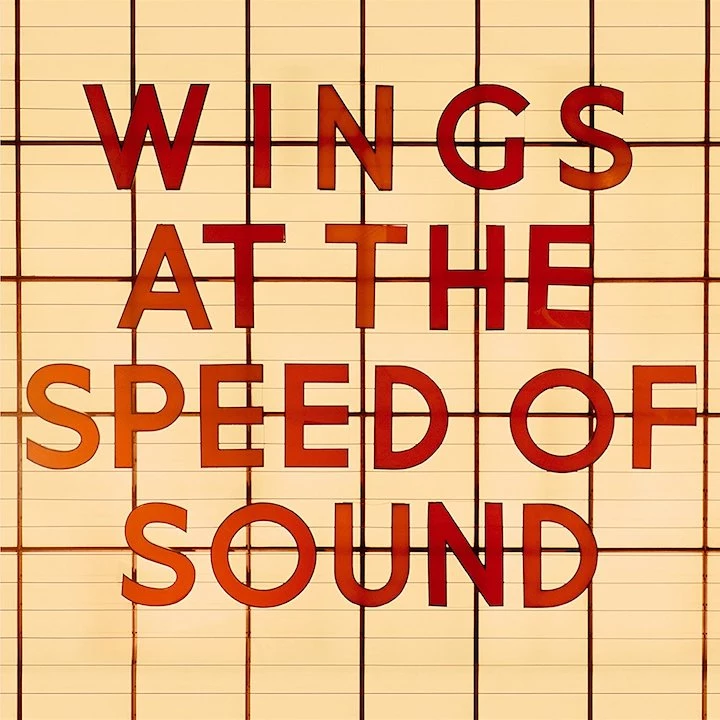
37. <em>Wings at the Speed of Sound</em> (Paul McCartney & Wings, 1976)
Wings' earlier Venus and Mars did a better job of balancing miniature delights and distracting whimsy. The industrious McCartney tries to dress things up here – adding a limber, endlessly entertaining bass line, for instance, to “Silly Love Songs,” and a punchy horn section to “Let ‘Em In.” But most of it is a letdown. Worse, McCartney doesn't even sing several of these songs.
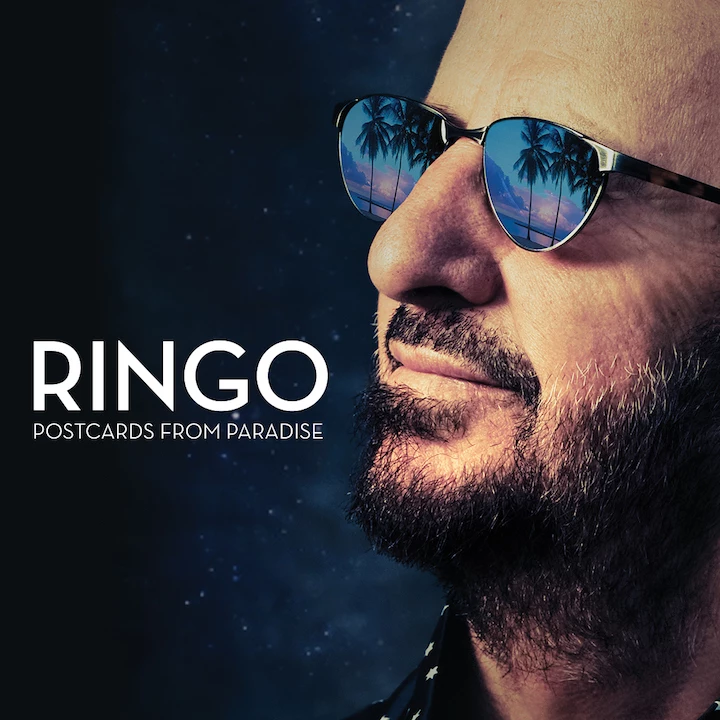
36. <em>Postcards From Paradise</em> (Ringo Starr, 2015)
Ringo Starr has typically succeeded inside a communal atmosphere with established friends rather than with ad hoc session men and outsiders. Recording here with his longest-ever running All-Starr bandmates, he finally found the kind of trusted collaborative voices to succeed on that level once again. Postcards From Paradise crackled with a wit, and charm, that has too often been missing since Starr's initial years as a solo artist.

35. <em>New</em> (Paul McCartney, 2013)
Maybe the thing that was newest about New was how comfortable McCartney was in an entirely different age. There are next-gen flourishes, but nothing too outside the basic framework of his well-established approach. New updated McCartney's sound, but not to the point of being a modern-day curio. So, points for trying. Unfortunately, he needed a more consistent batch of songs on what turned out to be a top-heavy set.
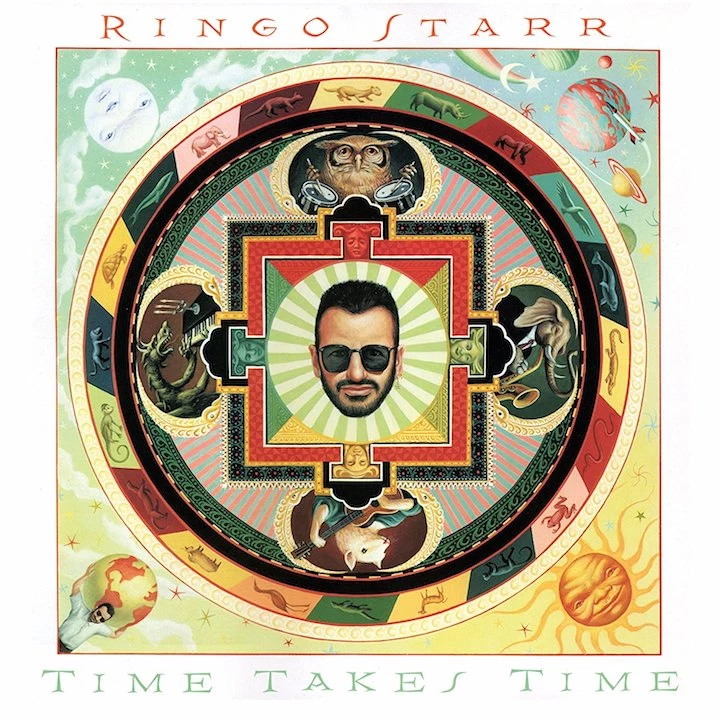
34. <em>Time Takes Time</em> (Ringo Starr, 1992)
Despite not charting – Starr's stuff, good or bad, had long since stopped appearing on Billboard rankings – Time Takes Time stands as his best non-'70s recording. Credit the influence here of descendant fan-bands like Jellyfish (Andy Sturmer and Roger Manning appear on "Weight of the World" and "I Don't Believe You," which they co-wrote) and the Posies (whose song "Golden Blunders" is covered). They enlivened Starr's entrenched nostalgia for his own hey day with youthful vim and vigor.
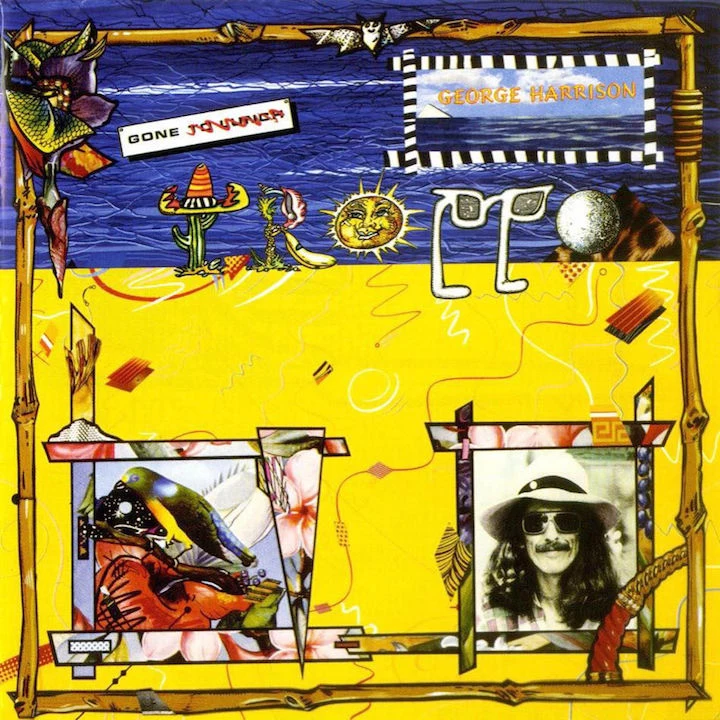
33. <em>Gone Troppo</em> (George Harrison, 1982)
This album was, even by Harrison's uneven solo standards, a notable flop. There's plenty of blame to go around, beginning with those cheesy synths. Dig deeper, however, and you find an intimate album marked by a desire to become a part of smaller things after the big things have let you down. In this way, Gone Troppo should have been favorably compared with the pastoral joys of John Lennon’s earlier Double Fantasy, but it wasn't. Deflated, Harrison took five years off.
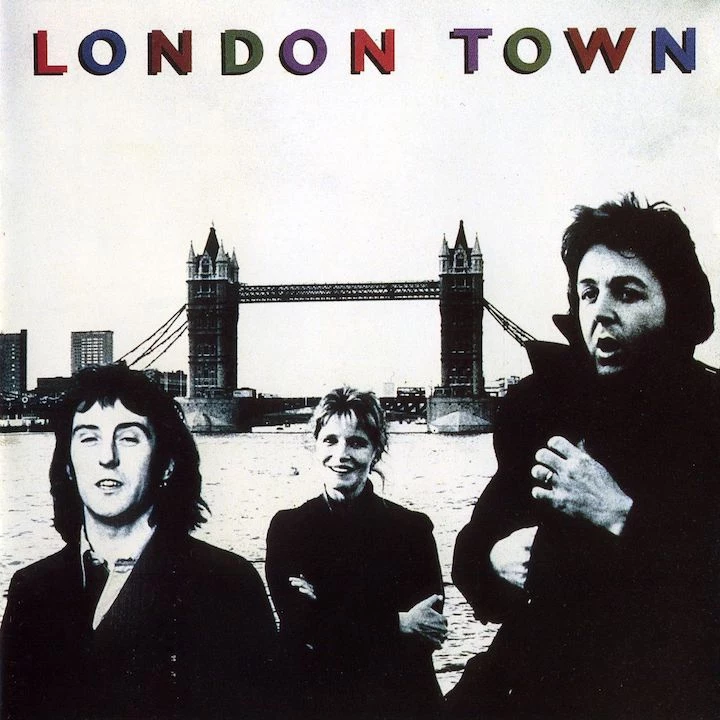
32. <em>London Town</em> (Paul McCartney & Wings, 1978)
The second time wasn't the charm. London Town found Wings reduced once again to a threesome – but five years later, they couldn’t pull off another Band on the Run. Instead, Wings risked devolving into caricature on a too-precious project that desperately needed a jolt of punky attitude. McCartney must have realized it, as he subsequently set about restructuring Wings for a final time.
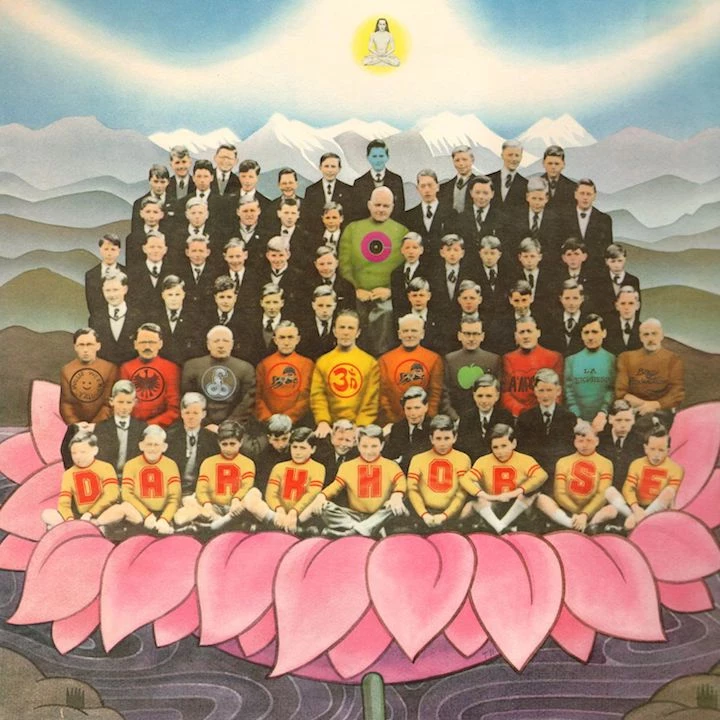
31. <em>Dark Horse</em> (George Harrison, 1974)
Produced during a particularly turbulent period of George Harrison's life, this album marked the beginning of a '70s-era downward turn – commercially and emotionally. Lost friendships ("Bye Bye Love"), lost loves ("Maya Love") and lost dreams ("So Sad") run like a theme throughout, only mitigated by a few moments of rueful humor ("Simply Shady"). Put simply, it's kind of a downer.
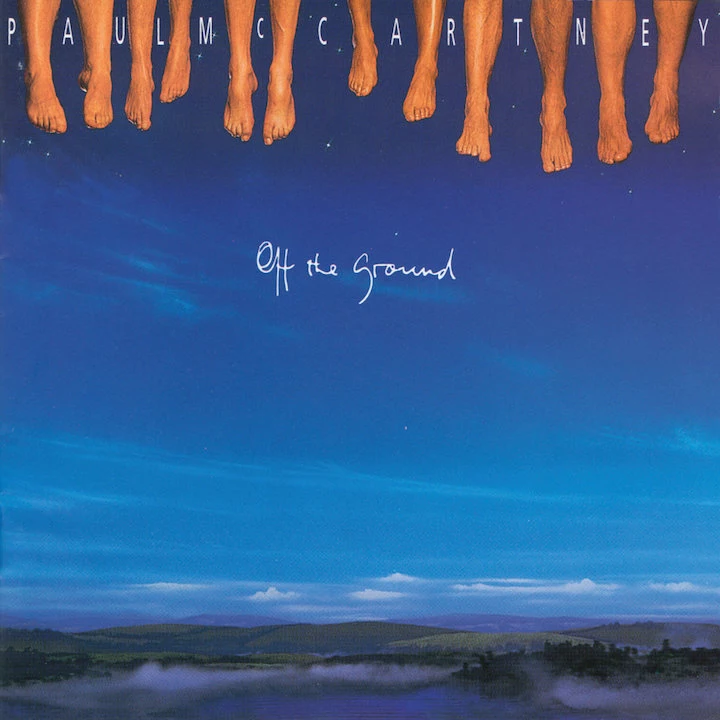
30. <em>Off the Ground</em> (Paul McCartney, 1993)
There are times when this LP can be admittedly insufferable. The single "Biker Like an Icon," in what had become a theme, is in no way representative. The album's also includes a few largely forgettable bromides. But McCartney keeps saving himself with some of his best-constructed modern pop songs, and a final pair of flinty Elvis Costello collaborations. That's almost enough to make up for the rest.
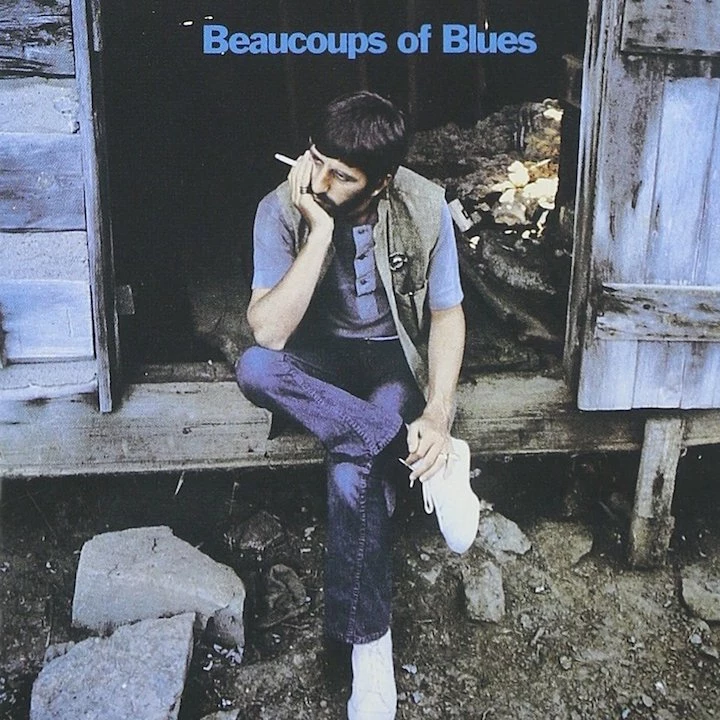
29. <em>Beaucoups of Blues</em> (Ringo Starr, 1970)
Unlike his standards-focused solo debut, Starr's sophomore genre record didn't come as such a surprise. After all, Beaucoups of Blues harkened back to Beatles-era covers like Buck Owens' "Act Naturally" and Starr's own rootsy "Don't Pass Me By." There's an innate sadness in Starr's voice which seems perfectly suited to this kind of music, and he completely inhabits the songs here.
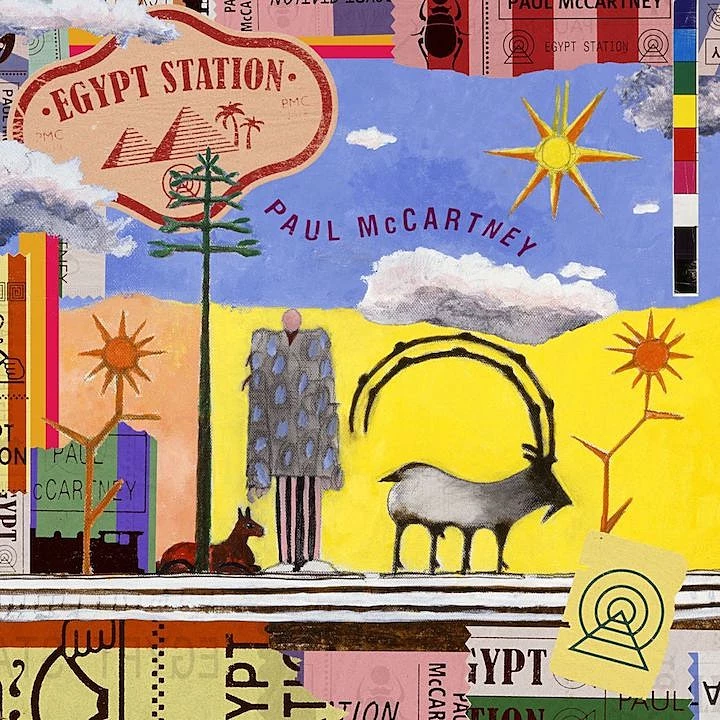
28. Paul McCartney, 'Egypt Station' (2018)
McCartney splits the difference between nostalgia and looking forward, checking in with his spunkiest, horniest and most biting album in years. It goes on a little too long, and some tracks fall into the forgettable modern pop that's weighed down McCartney records for more than three decades. But there's a renewed sense of energy and purpose – and "I Don't Know" is one of his very best modern-era songs.
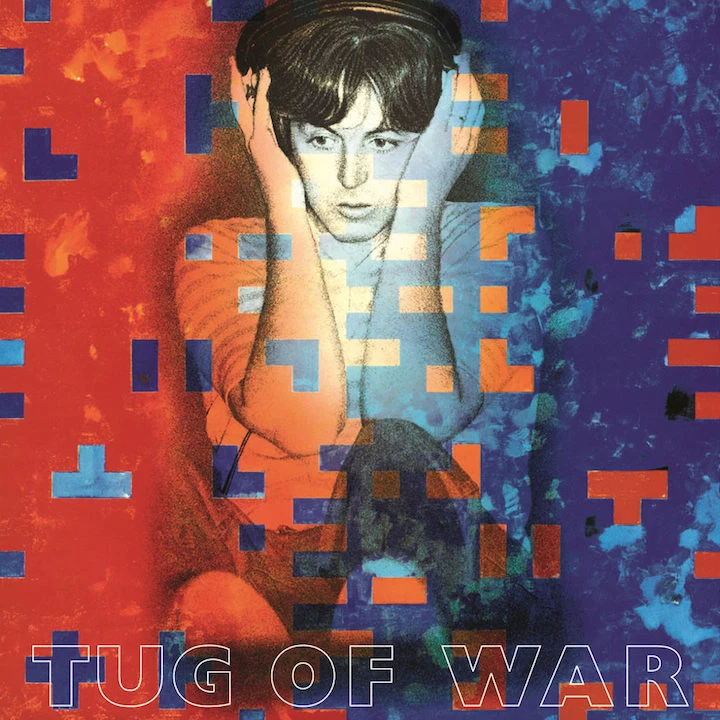
27. <em>Tug of War</em> (Paul McCartney, 1982)
Overpraised at the time by a fan base still reeling from the murder of John Lennon, Tug of War can now be seen as a noble failure. McCartney ditches Wings in favor of a kitchen-sink approach to music-making, and that new freedom leads to a decidedly unfocused outcome. At its best, Tug of War shimmers. But for every "Take It Away," there's an "Ebony and Ivory." The whole album is like that.

26. <em>Red Rose Speedway</em> (Paul McCartney & Wings, 1973)
In a reflection of the stormy atmosphere then surrounding the disintegrating Wings, Red Rose Speedway is another half-measure success, best known for the sappy hit "My Love." Dig deeper, however, and McCartney is often working at full strength. If nothing else, it steeled him for his greatest post-Beatles success inside a lean three-person format.
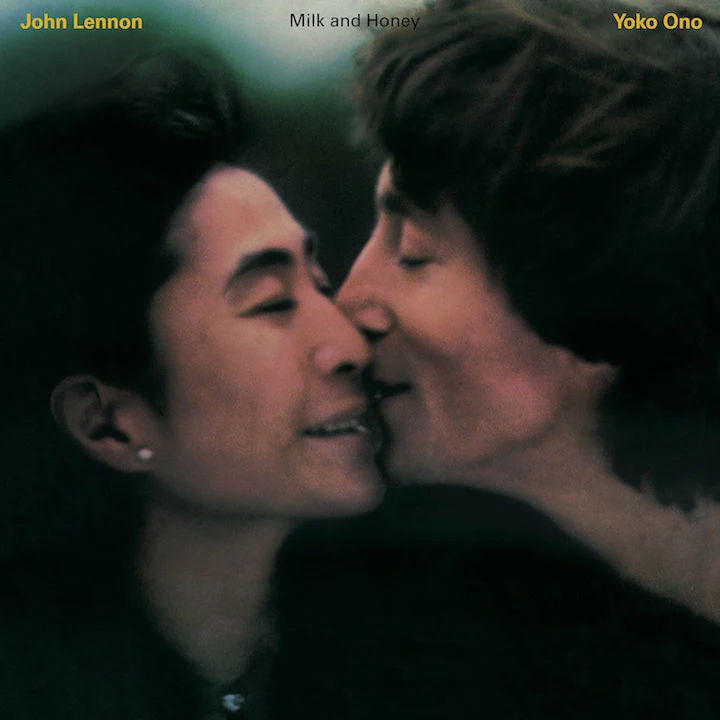
25. <em>Milk and Honey</em> (John Lennon & Yoko Ono, 1984)
The biting "I Don't Wanna Face It" begins with the smeared sound of a tape machine engaging; it's another powerful reminder that Milk and Honey includes the incomplete, now-posthumous recordings of a murdered genius. The whole thing is like that, only half varnished, unrepentant and very real. In this way, Milk and Honey might be the perfect ending for Lennon. After all, he once put out a series of albums called Unfinished Music.
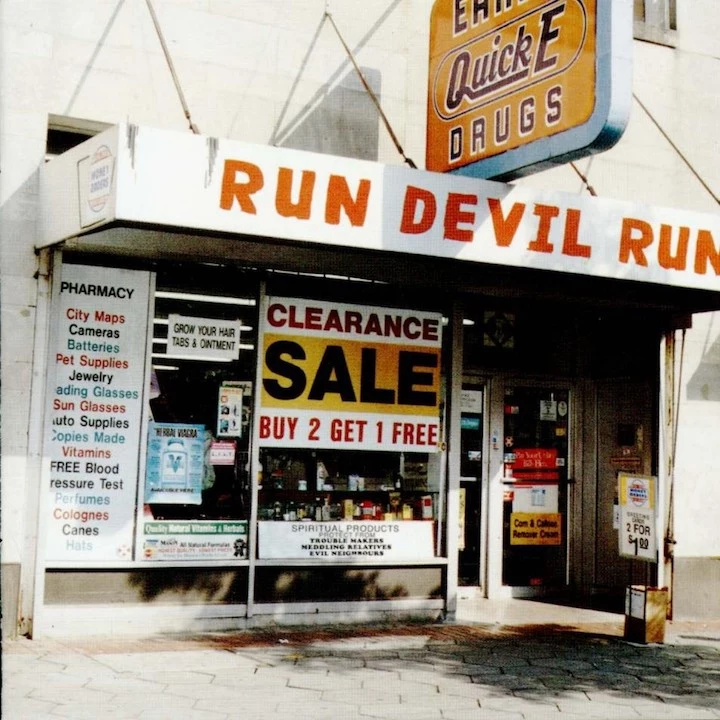
24. <em>Run Devil Run</em> (Paul McCartney, 1999)
Despite being holed up in Abbey Road (site of so many brilliant Beatles recordings) and with Chris Thomas (who co-produced Back to the Egg, the 1979 finale of his subsequent band Wings), Paul McCartney went about things here in an older old-fashioned way. That meant none of his tried-and-true studio-craftsmanship. Instead, this was fast and loose, though (again) primarily dotted with cover songs. The originals nose it ahead of his other nostalgic turns.
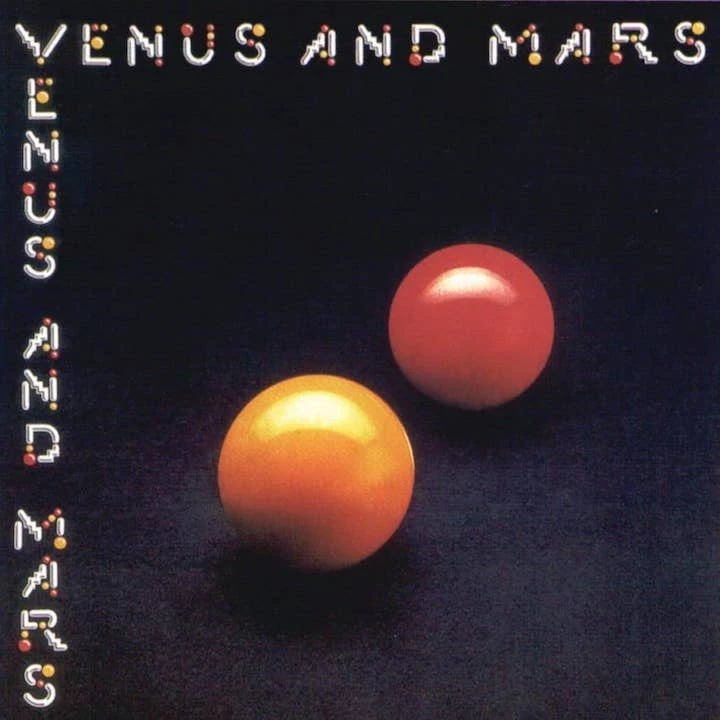
23. <em>Venus and Mars</em> (Paul McCartney & Wings, 1975)
A stabilized Wings – this featured the same lineup on consecutive studio albums for the first (and only) time – synced up with an already-cozy family life to shower everything in a warm, inviting glow. Sometimes, that means McCartney gets a bit too cute. But his genius, at least when he wasn't handing the mic over to his fellow Wings, keeps shining through.
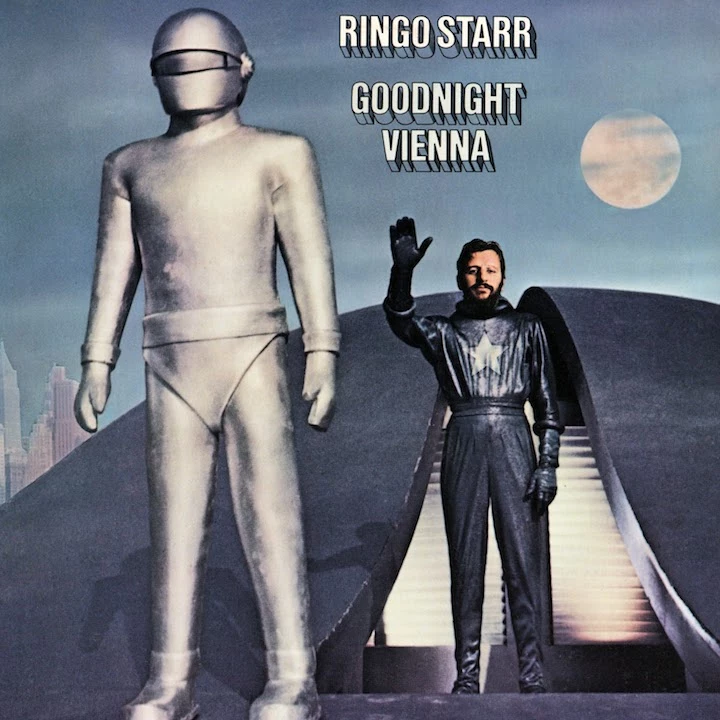
22. <em>Goodnight Vienna</em> (Ringo Starr, 1974)
Like most sequels, this one fell a bit short. Starr again worked with sturdy producer Richard Perry, and again with an impressive galaxy of guest performers – including Elton John, Steve Cropper, Dr. John, Billy Preston and John Lennon. The issue on this more inconsistent follow-up might have been who wasn't there: the other Beatles, in particular since the always-sympathetic George Harrison had helped craft a No. 1 single ("Photograph") for 1973's Ringo.
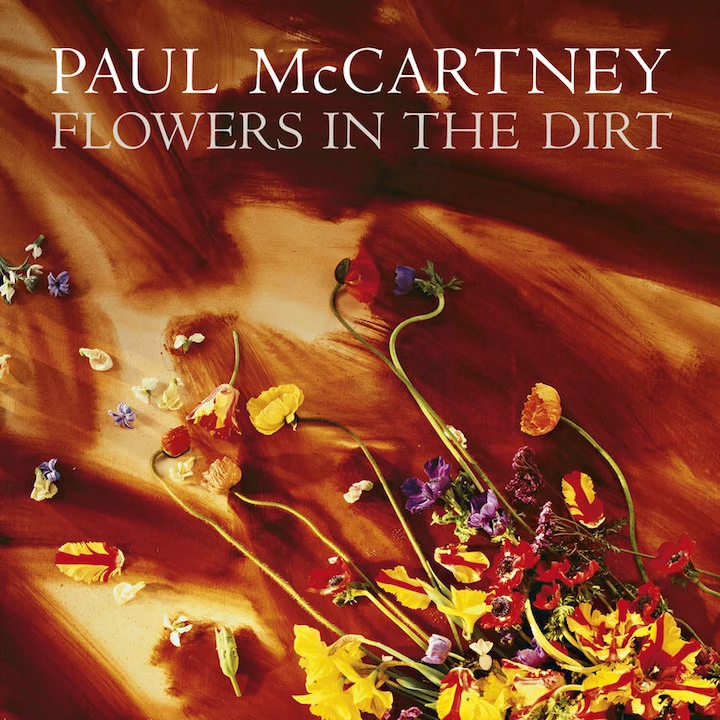
21. <em>Flowers in the Dirt</em> (Paul McCartney, 1989)
It seemed the spell of '80s disappointments could only be broken with an edgy outside voice, a new collaborator in the vein of John Lennon. McCartney found that person in Elvis Costello, who helped him return to the charts – and, more importantly, return to his former ambitions. The production on Flowers in the Dirt is sometimes inextricably of its time, but the McCartney of old is back.
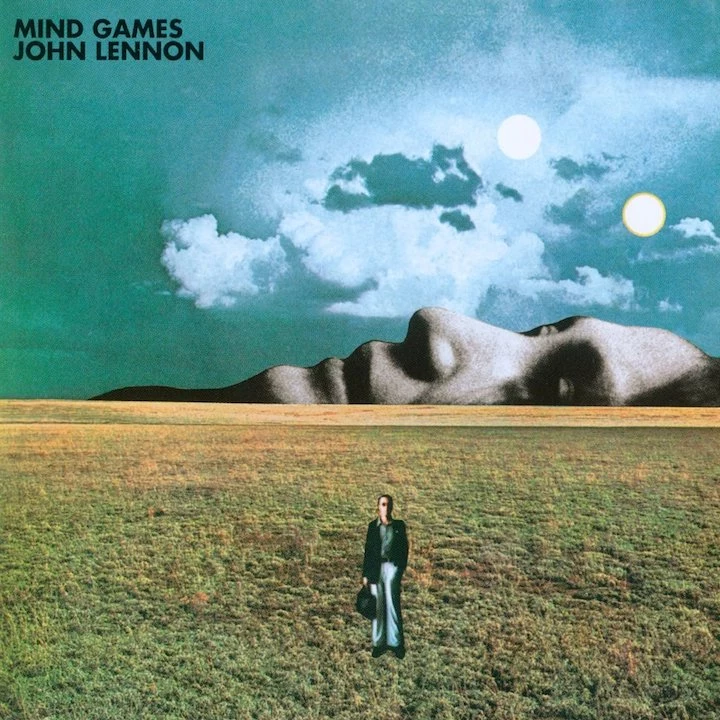
20. <em>Mind Games</em> (John Lennon, 1973)
This album opened the door for Lennon’s so-called Lost Weekend, and Mind Games can sound just as in flux as his private life had become. Its highlights (including the Top 20 hit title song) are pretty high, however. "Out the Blue," a tale of once-devoted lovers now apart, speaks to his sorrow in a touchingly direct way. Elsewhere, Lennon largely avoids the strident missteps of the preceding Sometime in New York City with flinty rockers like "Meat City," the deeply underrated "I Know" and his utterly broken "Aisumasen (I'm Sorry)."
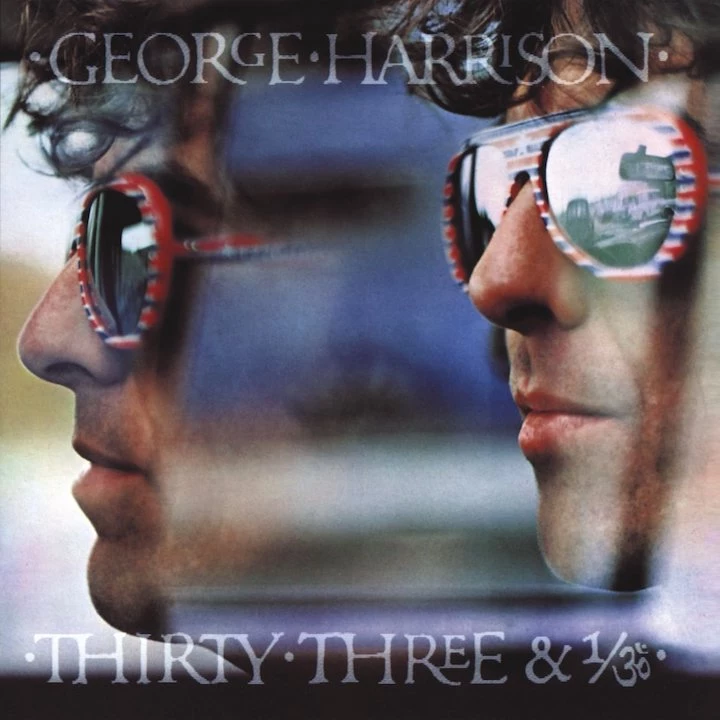
19. <em>Thirty Three & 1/3</em> (George Harrison, 1976)
The album's title was a take off on the RPMs for old vinyl and Harrison's age on the proposed release date — though the record didn't actually arrive until his 33 & 2/3 birthday. That mishap aside, Harrison is back in good humor again, and the often-overlooked Thirty Three & 1/3 is better for it. He scored an impish Top 20 hit with "Crackerbox Palace," sent up that whole Chiffons mess on "This Song," and rounded things out with several R&B-stoked successes.
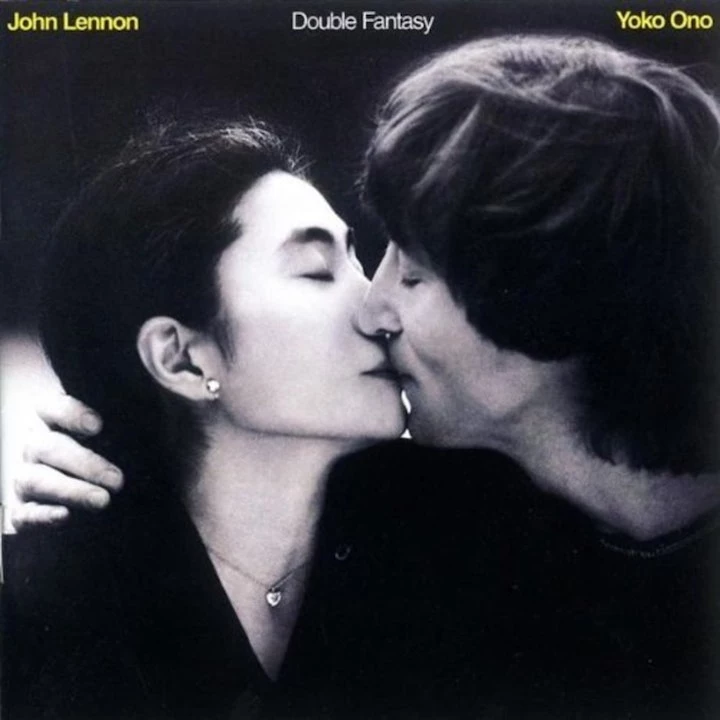
18. <em>Double Fantasy</em> (John Lennon & Yoko Ono, 1980)
It's been easy, over the decades, to mythologize this project. After all, we now know the fate that awaited him, and that changed everything about the way Double Fantasy was received. In truth, this album was a potentially exciting, yet still determinedly tentative, step back. With its comfy domesticity and too-slick, of-its-moment production, Double Fantasy still doesn't feel dangerous enough to be a top-tier John Lennon record.
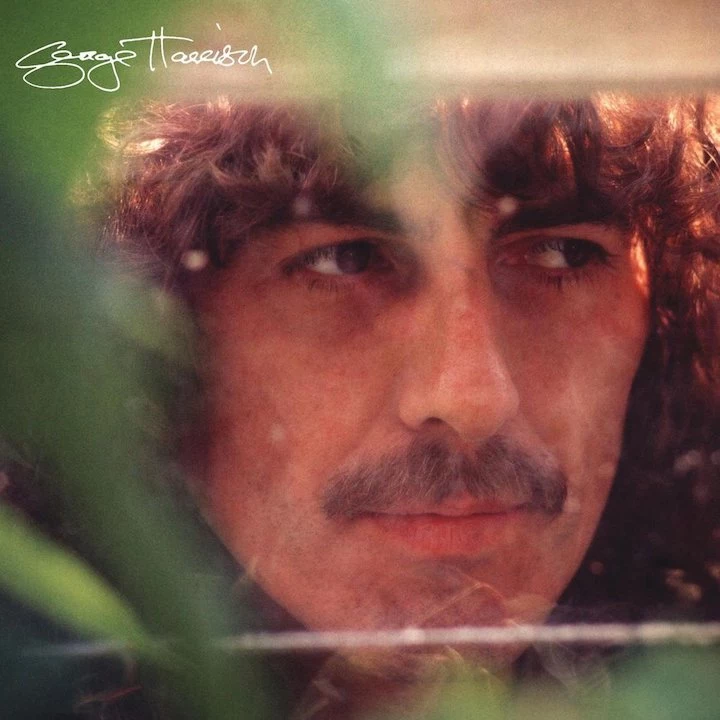
17. <em>George Harrison</em> (George Harrison, 1979)
An adult-contemporary-ish project that can be too slickly mid-tempo, and somehow includes yet another needless update of a Beatles cut ("Here Comes the Moon"). Still, George Harrison often rises above all of that. "Your Love Is Forever" is one of his most enduring ballads and "Blow Away," a soul-lifting track about clearing skies and opening hearts, has aged as well as any '70s-era solo Beatle single. Maybe better.
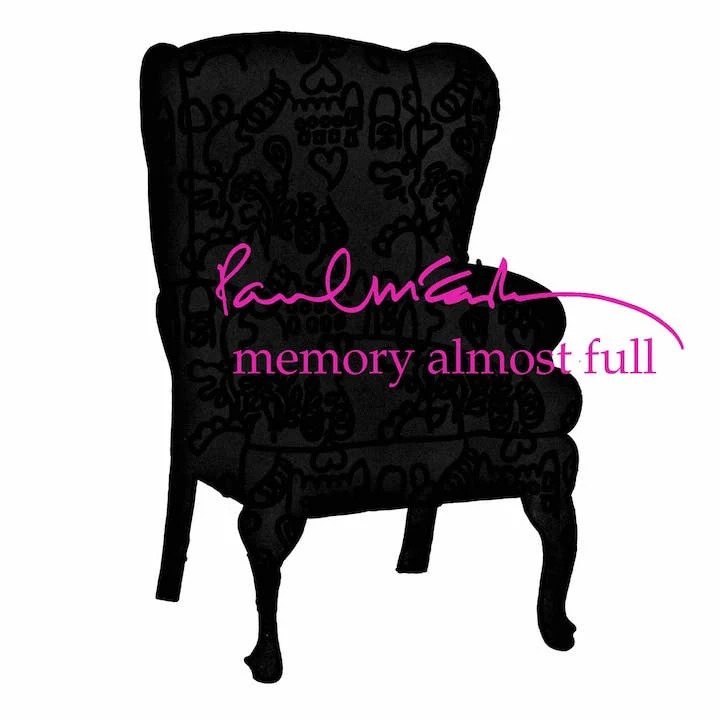
16. <em>Memory Almost Full</em> (Paul McCartney, 2007)
This album has likewise only gotten better with time. What once felt like pastiche now seems like a terrific blending of elements from the breadth of McCartney's varied career, as Memory Almost Full succeeded at creating the broad statement of purpose he'd clearly hoped Driving Rain would be. At the same time, "The End of the End" made clear the more troubling themes at play, as McCartney's then-recent divorce seemed to send him into deeply contemplative territory.
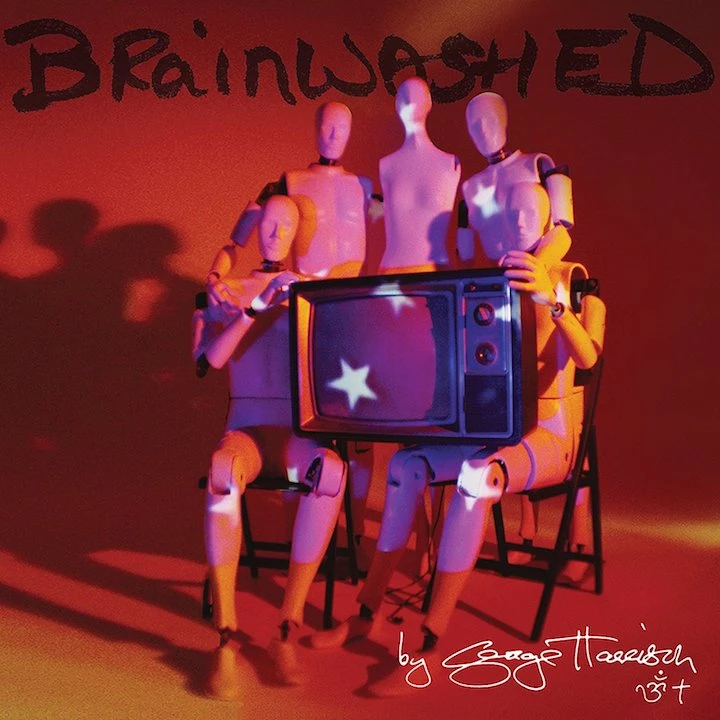
15. <em>Brainwashed</em> (George Harrison, 2002)
When producer Jeff Lynne decided to finish this project after Harrison's death, you had to wonder what would become of it. After all, the Electric Light Orchestra frontman — perhaps even more so than Harrison — was prone to unsuccessfully ornate albums. What happened was one of the best records Harrison ever issued.
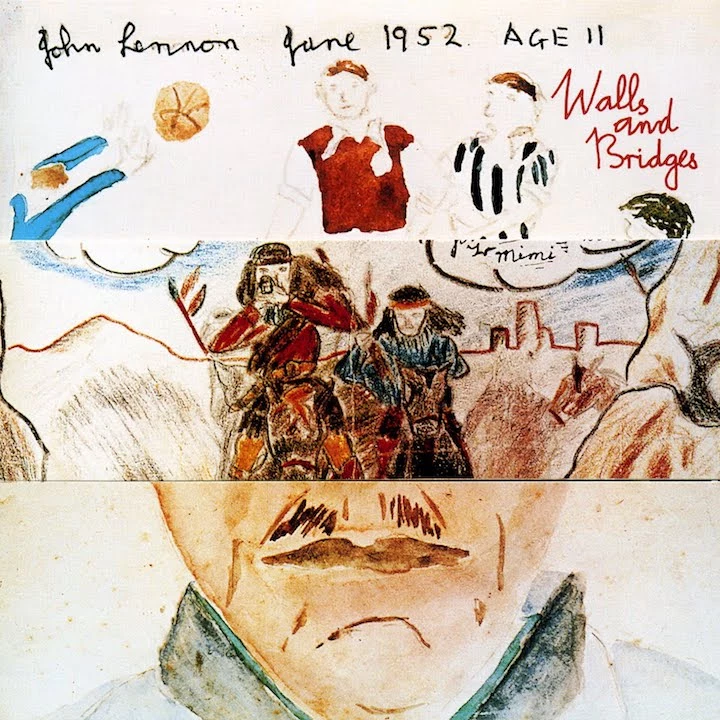
14. <em>Walls and Bridges</em> (John Lennon, 1974)
Somehow even more scattered than Mind Games, Walls and Bridges can't decide whether it wants to be a party record ("What You Got," "Surprise, Surprise [Sweet Bird of Paradox]"), a dark confessional moment ("Scared," "Nobody Loves You [When You're Down and Out]"), a throwback ("Ya Ya") or something in between. It ends up being all of those things, and none of them. Along the way, however, Lennon sprinkles in some of his very best solo efforts with "Whatever Gets You Thru the Night," "Old Dirt Road," "#9 Dream" and "Bless You."
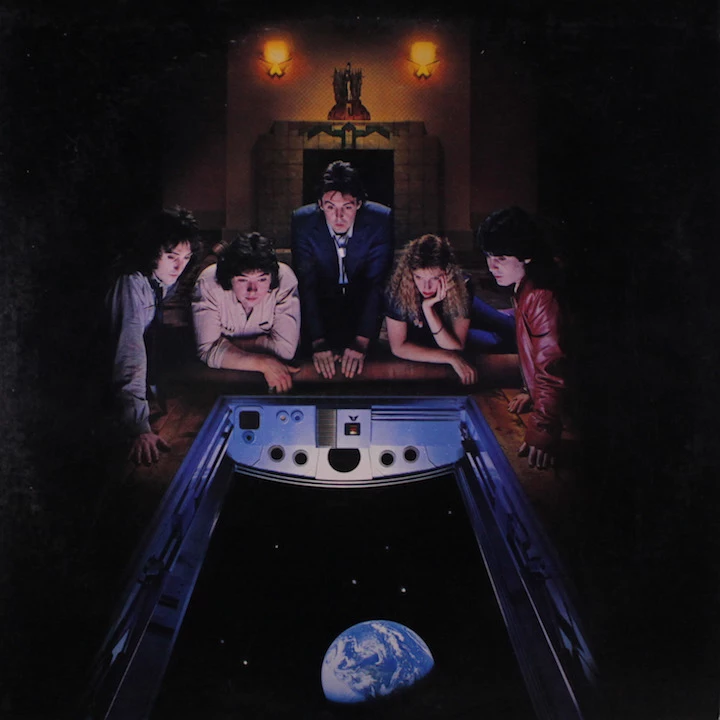
13. <em>Back to the Egg</em> (Paul McCartney & Wings, 1979)
McCartney set out to make a more raw-boned record, and he largely succeeded, putting a bright charge into his sound after the soft-rock fluff of Wings' trio-recorded London Town. Ultimately, he tries to have it both ways; the second side features a retrenchment into some of McCartney's more recognizable indulgences. Still, Back to the Egg and Wings' final expanded incarnation are better than they're usually given credit for.

12. <em>Cloud Nine</em> (George Harrison, 1987)
Returning to action with Jeff Lynne could have – heck, maybe should have – turned into a empty genre exercise. Instead, Cloud Nine played to every one of Harrison's strengths. The chart-topping cover of "Got My Mind Set on You" reanimated his early influences. "That's What It Takes" sounded like the completely realized mid-'70s hit he never quite managed. Harrison even came to terms with the Beatles on "When We Was Fab," a tune that – even then – had this sense of bittersweet reverie.
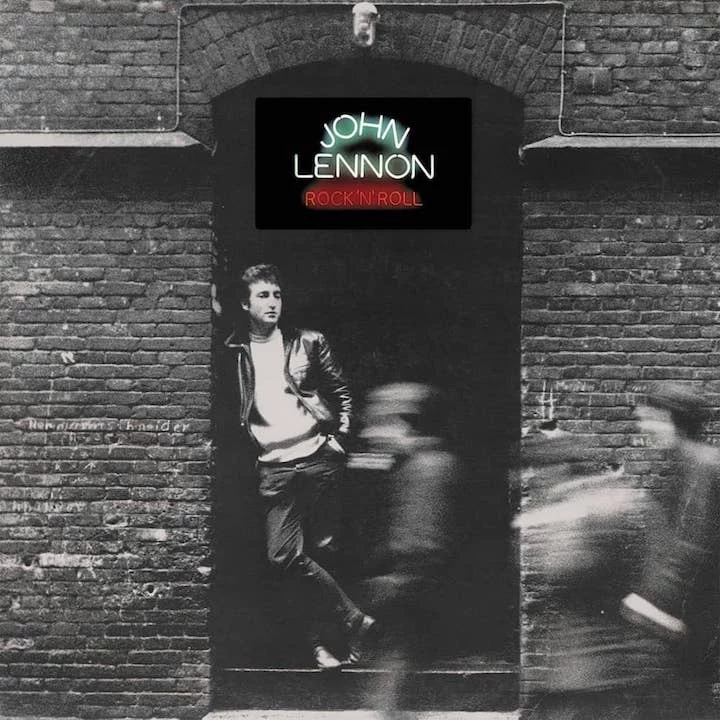
11. <em>Rock 'N' Roll</em> (John Lennon, 1975)
Sessions for this surprisingly effective look back took more than a year, as Lennon struggled with personal issues, legal stuff and producer Phil Spector. (At one point, Spector swiped the tapes. At another, bootlegs of the early takes began popping up everywhere. It all started, of course, with a lawsuit.) Lennon ended up completing Walls and Bridges in the meantime, but that album can only aspire to this one's consistent passion. The arrangements are very much time specific, but Lennon has rarely sung with more energy and wit.
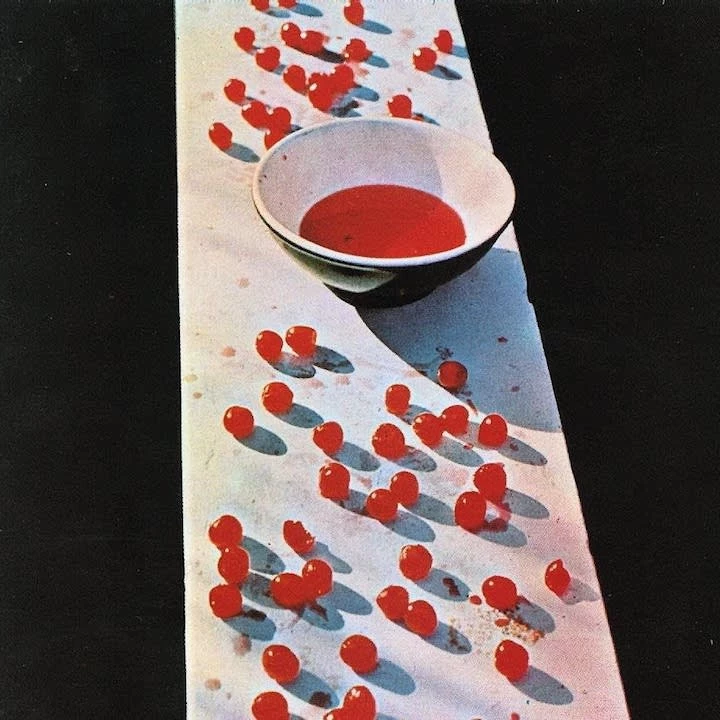
10. <em>McCartney</em> (Paul McCartney, 1970)
This organic, home-recorded aside sounds like what it is: someone trying to work out his own sound. And that's its enduring magic. McCartney emerged from one of rock's biggest bands a little unsure of things. He occasionally sounds like a reasonable facsimile of his hitmaking self (“Maybe I’m Amazed,” “Every Night”), but more often he's reaching for other parts of his muse. That makes McCartney utterly fascinating.

9. <em>Ringo</em> (Ringo Starr, 1973)
Starr, the ultimate glue guy, orchestrated the closest thing we ever got to a Beatles reunion – and together they created his bestselling album. Home to a pair of chart-topping songs, Ringo featured game contributions from his old pals George ("Photograph," "You and Me [Babe]"), John (the superlative "I'm the Greatest") and Paul ("Six O'Clock"), completed with a cover that brought to mind their classic collaboration Sgt. Pepper's Lonely Hearts Club Band.
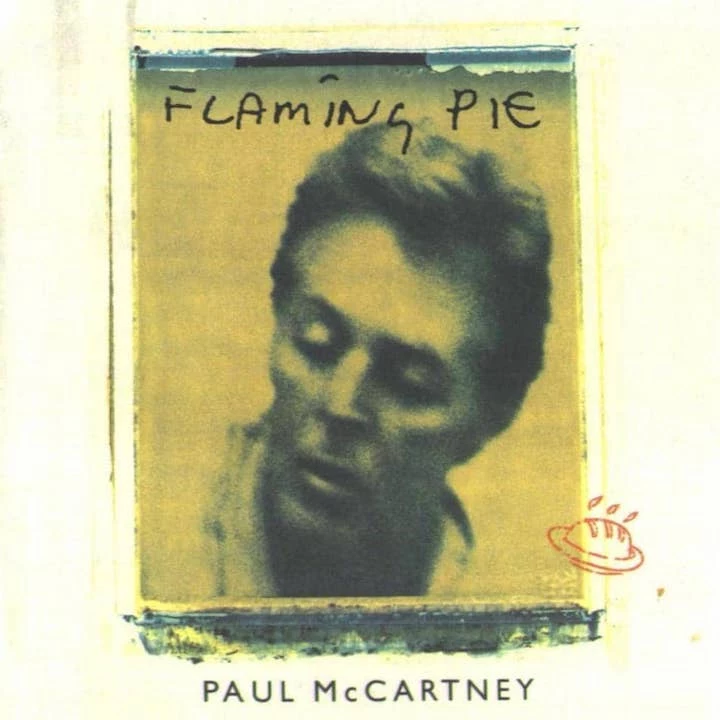
8. <em>Flaming Pie</em> (Paul McCartney, 1997)
One of McCartney's most complete albums ever, Flaming Pie was informed but not shackled by his return to all things Beatles while working on the Anthology project. Something clearly sparked, as McCartney deftly reanimates his entire legacy of layered pop, touchingly personal folk and loose-limbed rock. Best of all, he brought along a memorably enduring set of songs with key contributions from Steve Miller, Ringo, George Martin and Linda McCartney.
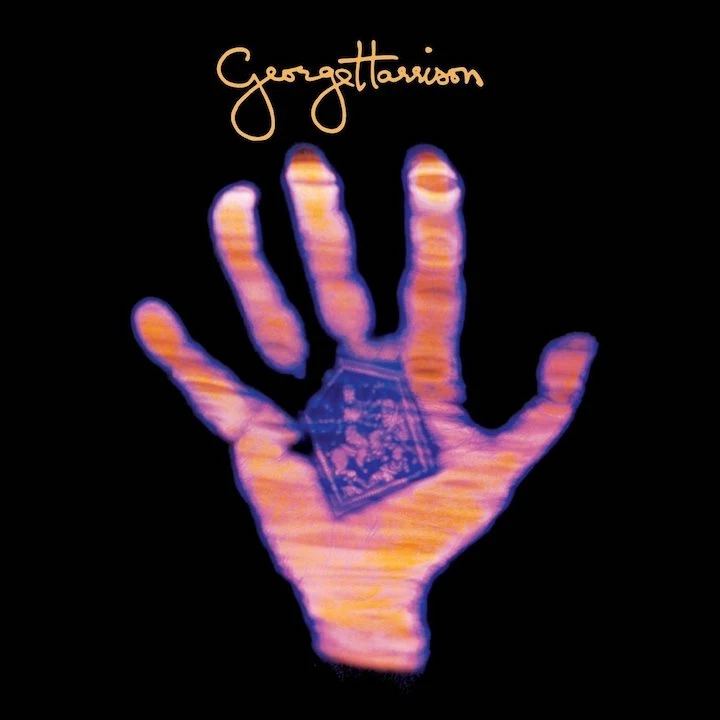
7. <em>Living in the Material World</em> (George Harrison, 1973)
After the Beatles split, Harrison made a stirring case for his own emerging skills as a songwriter and performing artist. He started by topping both the U.S. and U.K. charts with 1970's All Things Must Pass, then returned with this similarly impressive – though sometimes a touch too similar – album, which had an impish original working title of The Magic Is Here Again.
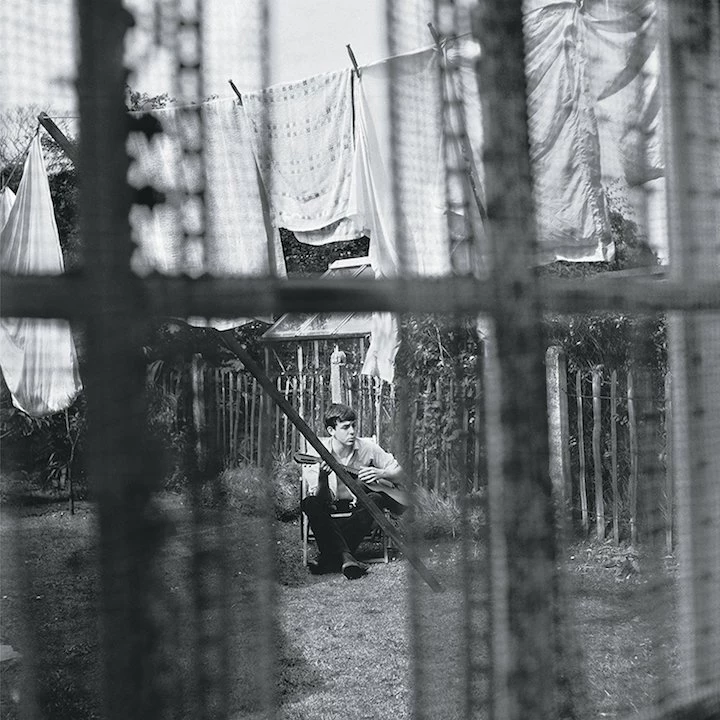
6. <em>Chaos and Creation in the Backyard</em> (Paul McCartney, 2005)
A typically winking McCartney made his most serious and most unfussy LP ever with Chaos and Creation. That consistency in tone and quality might lead to distraction for those enamored with his more obvious quirks. But Chaos only grows into a richer experience with subsequent listens. The result is not only a modern-period success, it's one of McCartney's very best albums of any era.
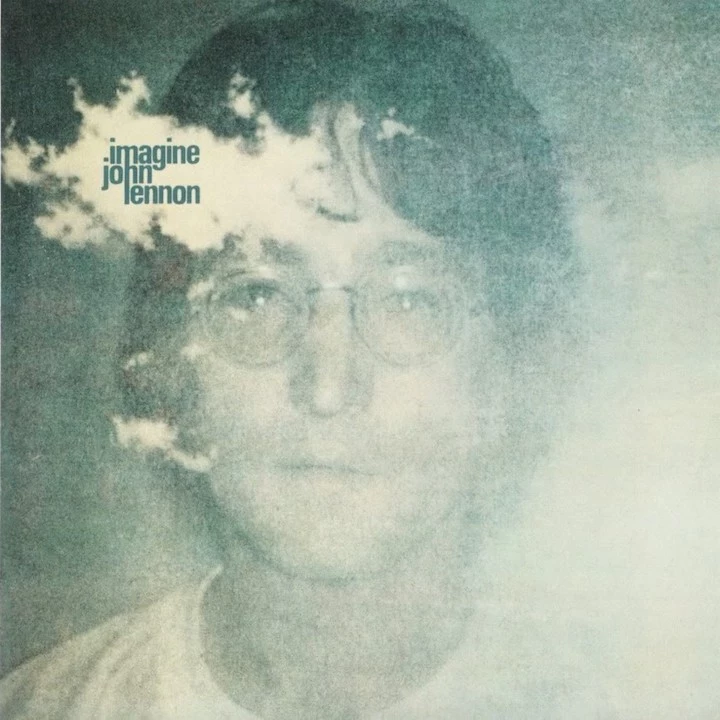
5. <em>Imagine</em> (John Lennon, 1971)
In the decades since the arrival of this project, most of its legacy has telescoped around the title track. But there was more to this than "Imagine." Lennon asked probing questions on "How?" and "Gimme Some Truth." He offered grinding rock on "It's So Hard," and delicate admissions on "Oh My Love." The jaunty "Crippled Inside" belied its heartfelt lyric, while "How Do You Sleep" delivered a sharp jab at Paul McCartney. Then there was "Jealous Guy." An instance of nearly unmatched fragility, it's become one of the most covered of Lennon's solo tracks.
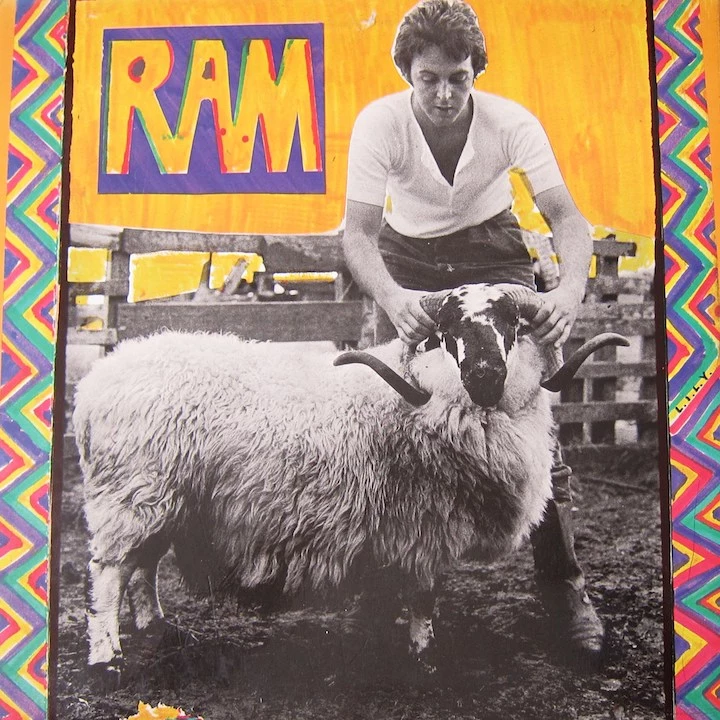
4. <em>Ram</em> (Paul & Linda McCartney, 1971)
Ram keeps rising in estimation, particularly with fans who now recognize it as an overlooked precursor to the handmade-pop era. Fascinatingly unedited and utterly misjudged in its time, this album never sits still for long. It also rarely stumbles. McCartney was bursting with post-Beatles ideas, and they give Ram dizzying momentum.
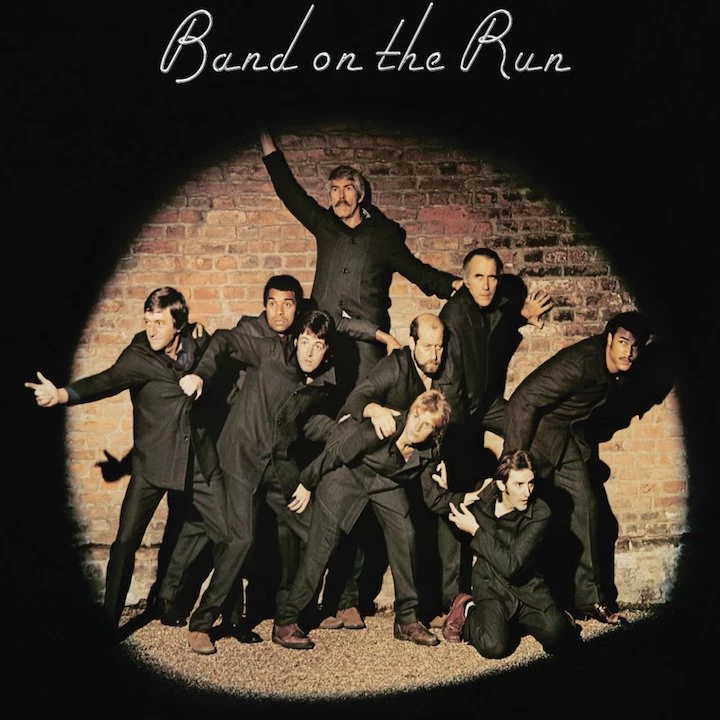
3. <em>Band on the Run</em> (Paul McCartney & Wings, 1973)
In an enduring triumph, McCartney skillfully weaves his desire to break free of the Beatles with an age-old outsiders mythology. This restlessness, a sense of destiny unfulfilled, pushed McCartney to new creative places – and he uses every tool in his pop-music shed on the LP. No McCartney album has held together so well, and none showcases his many strengths so successfully.
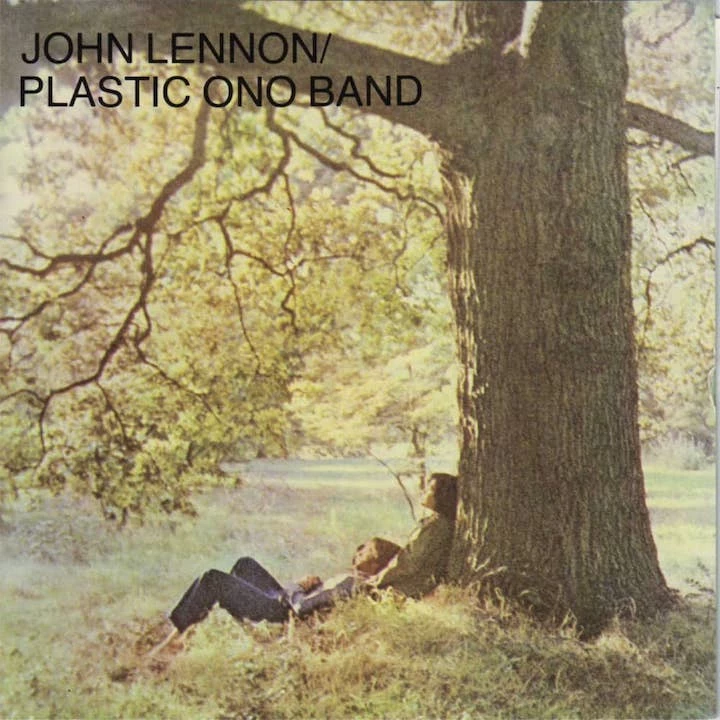
2. <em>Plastic Ono Band</em> (John Lennon, 1970)
Lennon's disillusionment with a decade, a band and a youth now being left behind erupted in a scalding series of songs. Lennon didn't simply take parting shots. He lashed out, tearing to shreds everything in which he once placed his faith. It was often painful to hear, but Lennon's confrontations with his demons and heroes continue to resonate with anyone who's ever struggled with the same emotions – and his tough backing group matches him punch for punch.
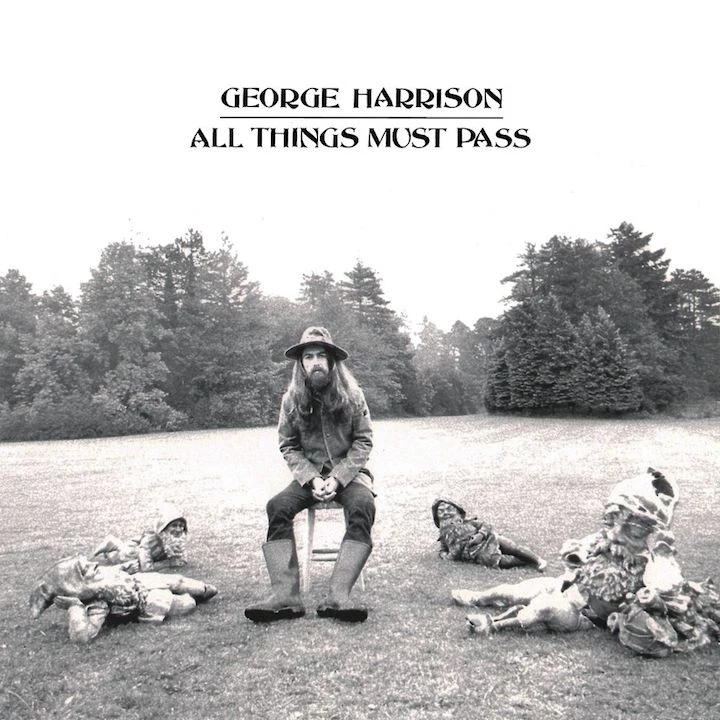
1. <em>All Things Must Pass</em> (George Harrison, 1970)
Asked what he thought of his monumental Spector-ized debut during a remastering session years later, Harrison simply said, "Too much echo." By then an American publishing company had won a $600,000 judgment after claiming that the chart-topping "My Sweet Lord" sounded too much like the early '60s hit "He's So Fine." Still, nothing could mask the creative triumph that is All Things Must Pass, as George Harrison fully emerged from the long shadow of Lennon and McCartney. If he never did another solo thing, his legend would have already been secured.